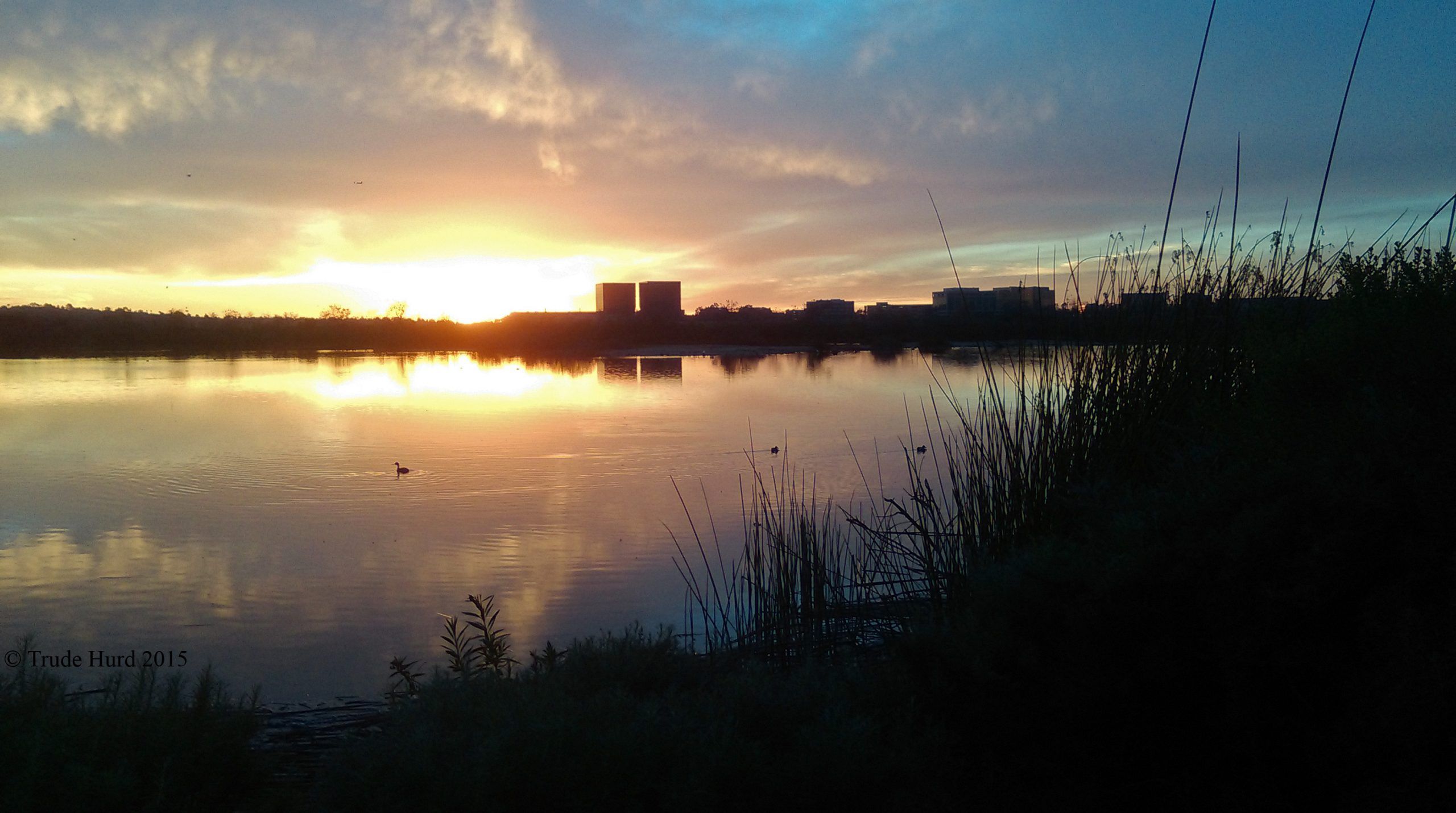Education Overview
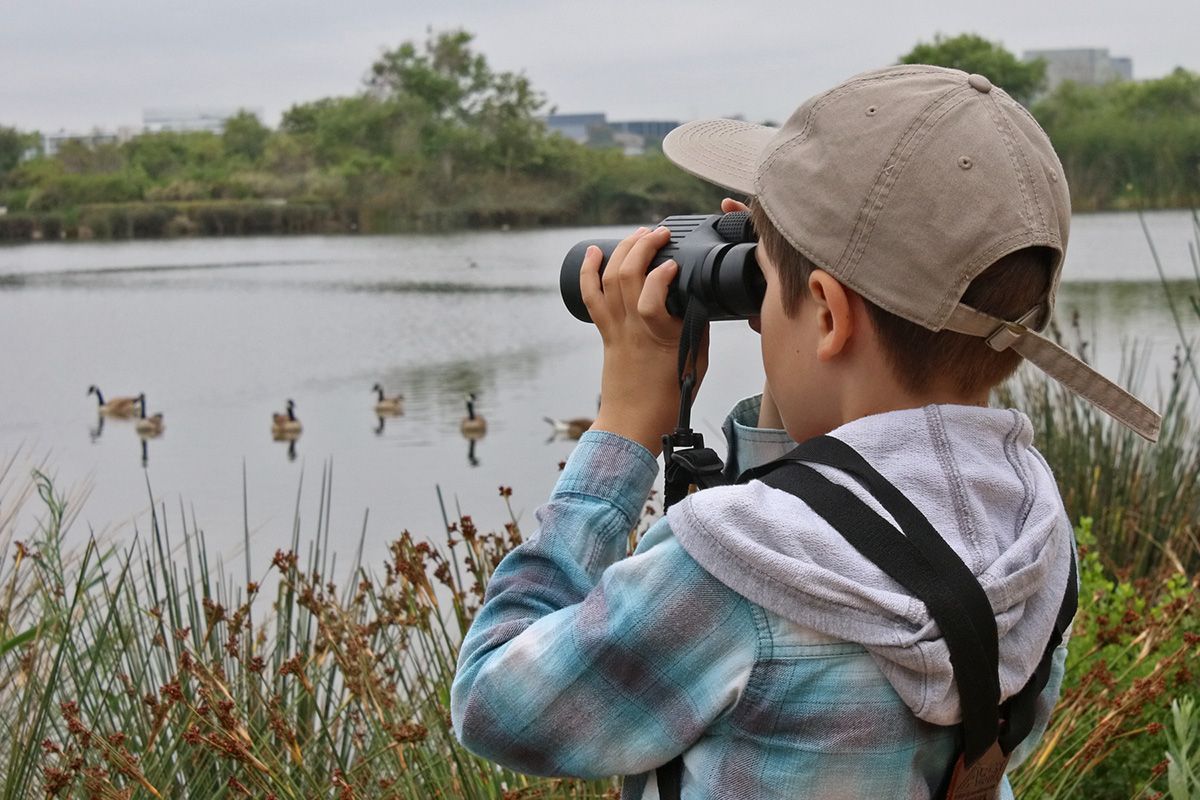
Watch this video about our seven education programs at the marsh
Since 1992, Sea and Sage Audubon has partnered with the Irvine Ranch Water District to provide high quality environmental education programs at the beautiful San Joaquin Wildlife Sanctuary, a 300-acre freshwater wetland in Irvine, Orange County, CA
Our Philosophy: We all need personal experiences with nature. Nature helps us to slow down and live in the moment as we watch a bird, a butterfly, a flower. It is through our experiences in nature that we learn to care about the environment and how to protect it. One of the best places to experience nature is on one of our education programs with our experienced naturalists. You’ll be surrounded by an abundance of interesting plants and animals at the wetland. We hope that our education programs will help get you started on a life-long love of nature!
Our Programs: We currently provide these 7 interpretive programs at the San Joaquin Wildlife Sanctuary for children and adults.
- Outdoor Adventures (fee) is a science discovery program for 4-5th grade school classes about the wetland ecosystem and how students can help protect birds and the environment.
- Nature Day Camps (fee) are week-long day camp programs that provide children with interactive nature experiences through daily nature walks, nature journaling, art projects, and other fun activities.
- Nature Walk Not available in 2023
- Summer Bat Walks (fee) are pre-paid events from July through September where participants watch the sun set and use sonar detectors to listen and watch for bats that often fly over us on the trail.
- Nature Discovery Kits (free) are 6 kits about owls, bats, butterflies, reptiles & amphibians, bird nests, and trees that can be borrowed by any local educator to supplement their nature presentations.
- Community Tours (fee) are private, guided tours of the wetland for scouts, home school families, church groups, gardening clubs, and other community groups.
- Junior Naturalists (fee) is a monthly program of bird-watching trips and stewardship projects for teens that provides enriched nature experiences and social contacts with other teens with similar interests in the outdoors.
Resources: Our Education Team has created a variety of educational videos and science lessons that can be used by anyone who wants to learn more about nature especially educators.
Sponsorship Opportunities: You can help us bring elementary school children to the wetland for an Outdoor Adventure science discovery program, enable a deserving child to attend Nature Day Camp, or sponsor a taxidermy bird specimen for our programs. Contact our Project Director for details.
Education Volunteer Opportunities: Volunteering to become a naturalist is a several year commitment and very rewarding. Training opportunities include Outdoor Adventures (fall), Summer Bat Walks (June), and Nature Walk (TBD). Contact our Project Director for details.
Pollinators’ Garden: Our Education Staff have created a beautiful 6,600 square foot demonstration garden behind the Duck Club at the San Joaquin Wildlife Sanctuary for your enjoyment and education about southern California native plants that attract hummingbirds and solitary native bees.
Thank you to our important funders in 2022!
- Anonymous Foundation ($50,000)
- Anonymous (5)
- Daley Family Foundation (in memory of Sophie Wickramasinghe)
- Gordon Generation Foundation
- Gary & Maya Matkin
- Doug Tolbert Estate
- Kumar Wickramasinghe
Marsh Education Project’s Annual Report
- Current year (PDF)
- Last year (PDF)
- Marsh Education Project brochure
We hope that you will join us for one of our education programs and learn more about the natural world that surrounds us!
If you have questions, contact Trude Hurd, Project Director of Education, by email
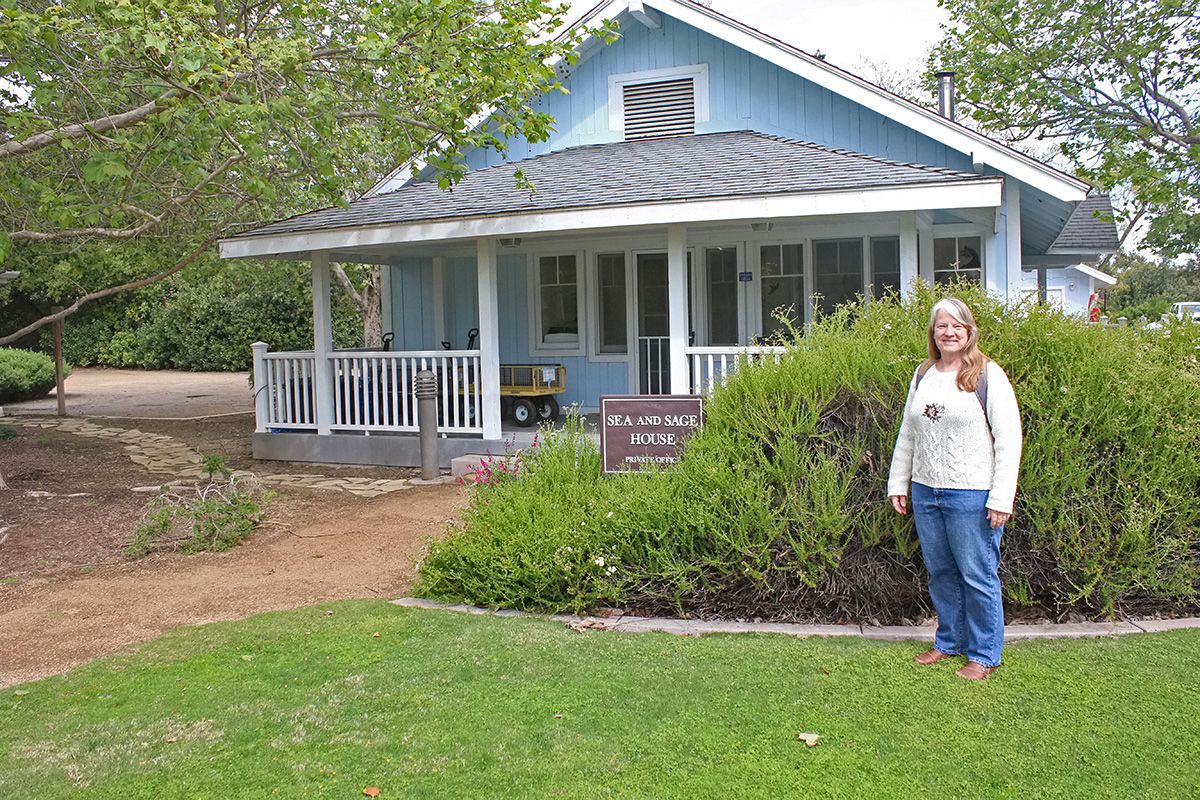
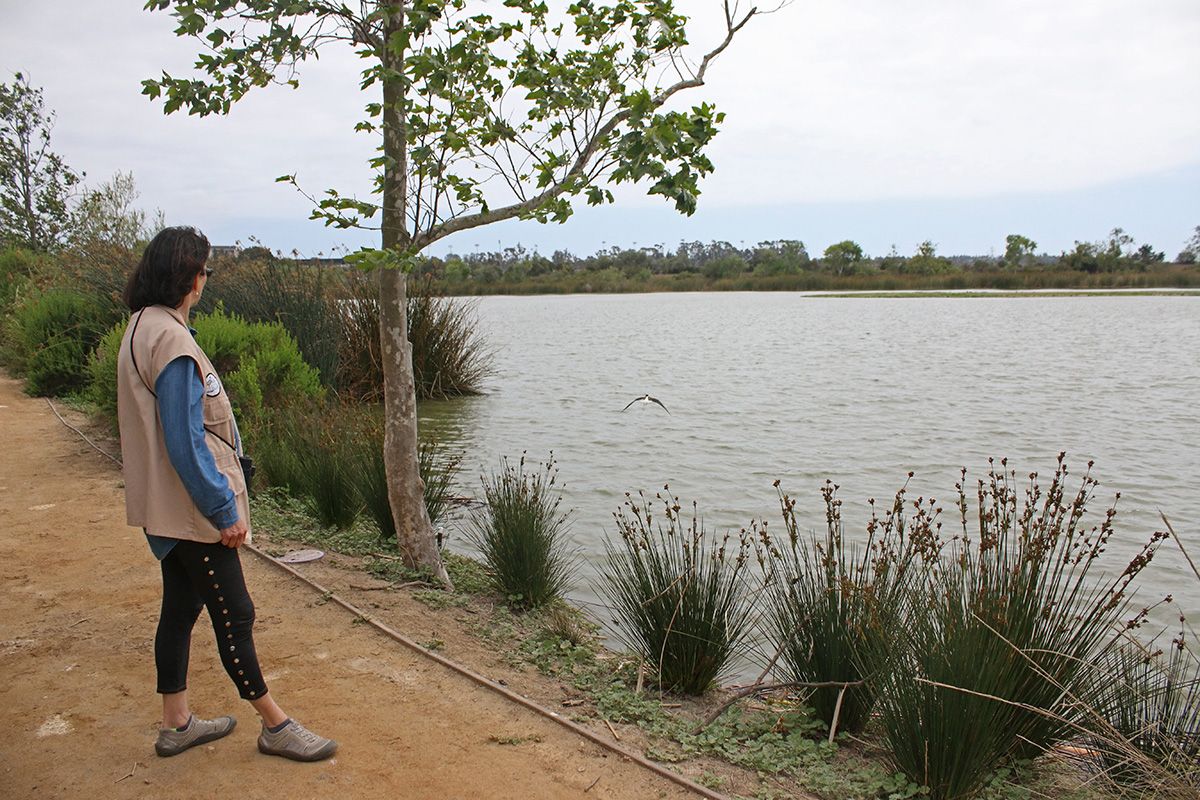
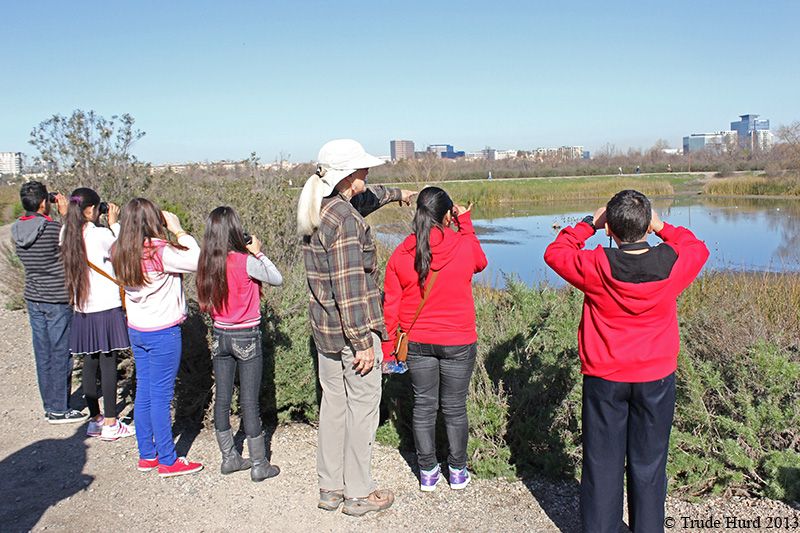
Outdoor Adventures
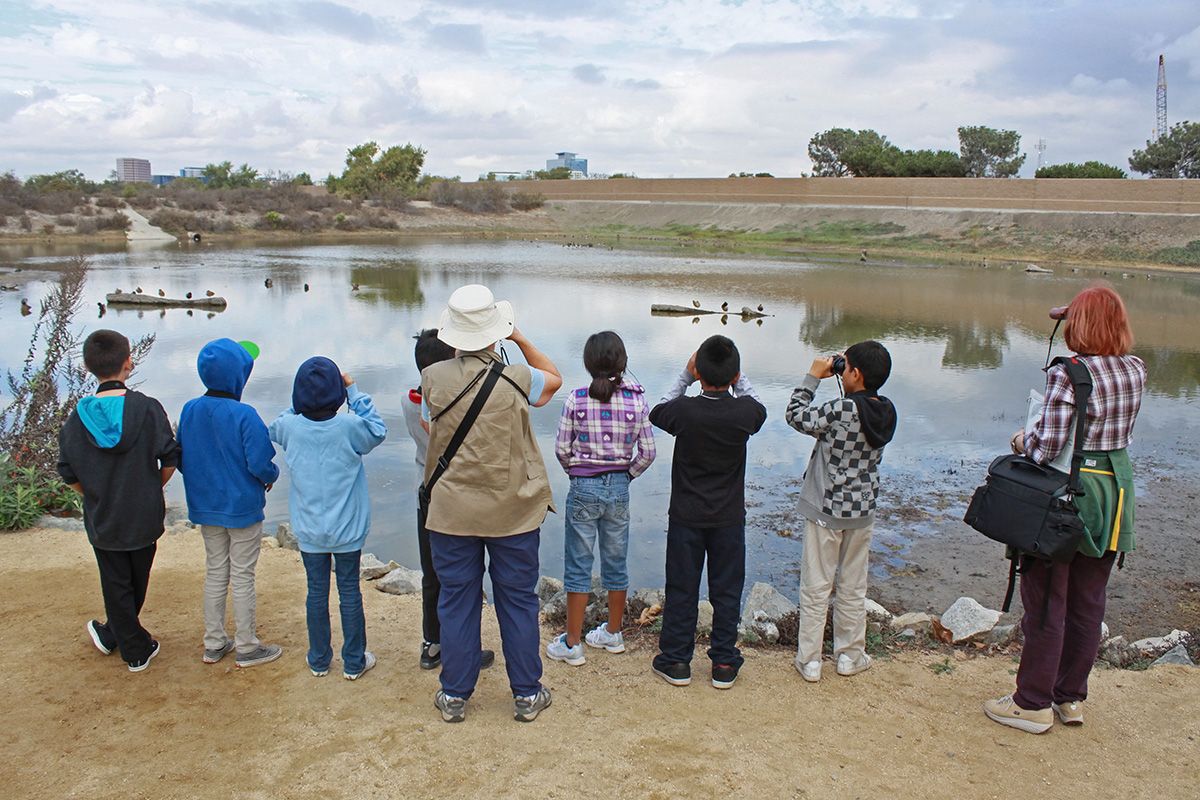
“It is imperative that this younger generation learn to appreciate the wonders of nature, as well as how to conserve and protect our precious planet. Sea and Sage offers the perfect scenario to learn just that and I thank those who graciously donate to keep it ongoing.” Terri Mitchell, Esqueda Elementary (2020)
Description of Program
Outdoor Adventures is a 2½ hour interactive science program for 4-5th grade students. Topics covered support the Next Generation Science Standards and include ecosystems, wetland habitat, adaptations, food chains, and urban runoff. In the classroom before the trip, students watch a PowerPoint about urban runoff that connects their homes with the wetland. They also research one of 6 common birds they are likely to see during their upcoming trip.
Students engage in three activities at the San Joaquin Wildlife Sanctuary.
- During the one-hour Nature Walk around the ponds, students use binoculars to make personal discoveries about birds of the wetland and their adaptations and behaviors.
- During the half-hour Pond Study inside the learning lab, students do a simple water quality test and look through microscopes at live pond water to understand the food web of the marsh.
- During the half-hour Bird Adaptations lesson inside the learning lab, students examine ten taxidermy bird specimens to determine how bird beaks and feet differ depending on how birds feed.
As a result of Outdoor Adventures, students gain an important outdoor field experience, increase their understanding of freshwater wetlands, and learn specific ways to help protect the environment. Each student receives a copy of our 28-page field guide “Birds of the San Joaquin Wildlife Sanctuary” to keep.
Program Fee
- We currently provide this program free to Santa Ana schools as part of a grant scholarship.
- If space if available, other schools can enroll for $15 per student (minimum 28 and maximum 44 students).
- Program includes naturalist-led activities at the wetland, loan of our Field Trip Curriculum Kit, and a copy of Birds of the San Joaquin Wildlife Sanctuary for each student.
How to Enroll
Enrollment occurs in August-September for the traditional school year. Programs are offered on Tuesday and Thursday mornings from October through May. Note: enrollment details may be altered due to the Covid pandemic this year.
Liability Release Form (required for participation) (PDF)
Outdoor Adventures Enrollment Form 2023-24 (PDF)
What Teachers Say:
What Students Say:
- “Thank you for showing me that science is fun.” Jessica, fifth grader, Pio Pico Elementary (2019)
- “Thank you for teaching and showing us about birds. I learned that being a scientist is a very cool job.” Maria, fifth grader, Pio Pico Elementary (2019)
- “One of my students who struggles in reading and math really felt empowered by the experiences we all shared at Audubon. He says he ‘loves’ science and wants to make a difference in our world.” Diana Ellis, fifth grade teacher, Kennedy Elementary (2019)
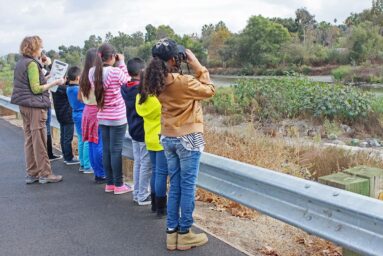
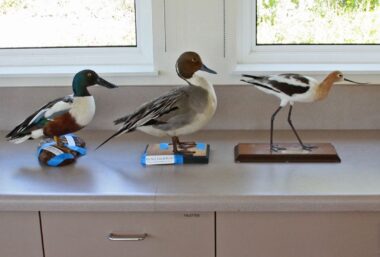
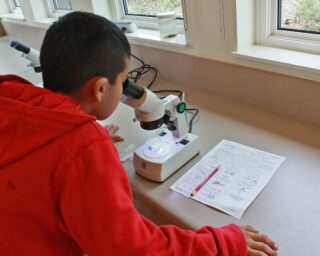
All photographs are by Trude Hurd and used with permission.
Nature Day Camps
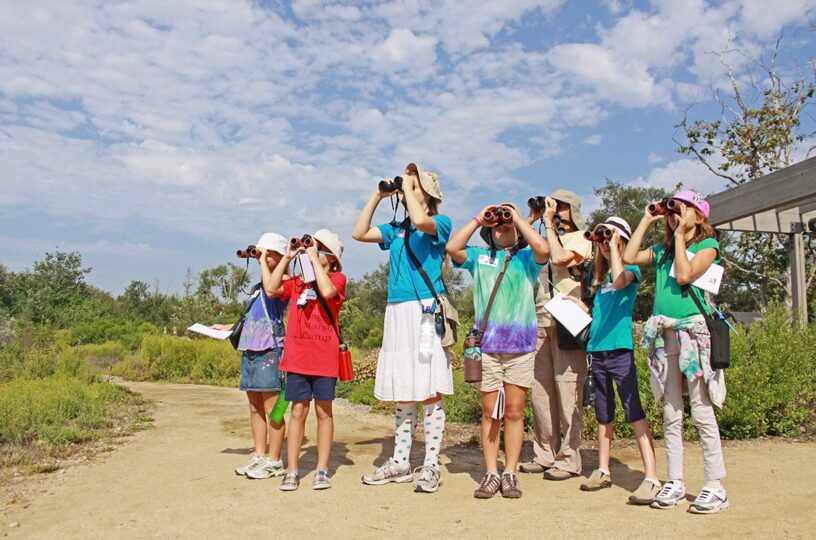
“My daughter loves this camp because she learns so much about local birds and the staff are so knowledgeable and kind.” Camp parent, 2021
Contacts for Information
How To Enroll on Eventbrite
Registration for each camp is through Eventbrite. Eventbrite links for each camp are on the current Nature Day Camp flyer below.
- Nature Day Camp flyer for 2024
- Camp Enrollment Form for 2024 (for scholarship applicants only)
Description of Program
Sea and Sage Audubon has offered exciting nature camp programs for children since 1993. Children love our camps so much that they return year after year, starting at age 7 and continuing until they graduate high school. They even volunteer to help with younger camps!
Each week-long day camp helps children increase their nature-watching skills. They will take daily walks, keep a nature journal, create age-appropriate art, and do research projects while taught by enthusiastic naturalists. Enrolling in camp begins a life-long friendship with nature for your child! We hope that your family will join us this summer.
Types of Camp Offered
- Fledgling Bird Camp for ages 7-8 introduces youngsters to familiar backyard birds and birds of freshwater marshes.
- Marsh Bird Camp for ages 9-10 covers all aspects of marsh bird life.
- Coastal Bird Camp for ages 11-12 focuses on shorebirds of freshwater and saltwater marshes.
- Advanced Bird Camp for ages 13-16 explores more advanced topics, specific bird families, and habitats.
About the Site
The San Joaquin Wildlife Sanctuary is a 300-acre freshwater wetland owned by the Irvine Ranch Water District which provides incredible opportunities to discover nature up-close. Camp children will encounter a diversity of birds, lizards, butterflies, dragonflies, native plants and more as they walk around the ponds and riparian areas.
Dates and Times
Camps are Monday through Friday – see the flyer for start and end times as each age group may be different.
Camp Staff and Group Sizes
Each camp is led by a team of experienced volunteer Camp Naturalists assisted by camp Junior Naturalist teens who serve as role models. Our small group size (1:4 ratio) creates an easy learning environment and enables children to develop friendships.
Daily Agenda
A typical camp day is a morning nature walk with nature journaling, Mystery Bird poster, and a lesson or art project. Some camps include guest speakers or local off-site trips.
Snack
Campers provide their own snacks. Peanut-free or gluten-free lunch areas can be arranged.
Expectations
We expect everyone participating in camp to treat all children, naturalists, wildlife, and property with respect and kindness at all times.
Safety During Pandemic
Because of the on-going pandemic, we consider the safety of all participants and volunteers as a high priority. Standards may include wearing masks for everyone, vaccination for naturalists and teen helpers, maintaining physical distancing, and not sharing materials. Because protocol may change with time, we’ll let you know if there are any specific requirements about masking and vaccination prior to camp. Ask us if you have questions.
Program Fee
- See current camp flyer for current fee and enrollment procedure.
- We offer a special discount for Audubon members.
- A limited number of confidential, partial scholarships are available; ask our Camp Coordinators for details.
What Participants Say:
- “My daughter loves this camp because she learns so much about local birds and the staff are so knowledgeable and kind.” Camp parent, 2021.
- “[My son] enjoyed being around other people who love birds and wildlife as much as he does.” Camp parent, 2021.
- “He started bird camp several years ago and the whole experience has made a wonderful impact on him. The great memories he has will stay with him all his life.” Camp parent, 2021.
- “I liked the nature walks because we saw a lot of different birds and we saw different parts of the marsh.” Camp child, 2021.
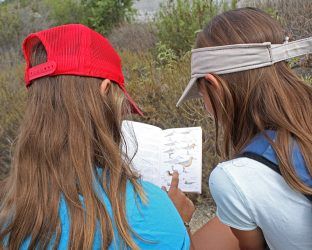
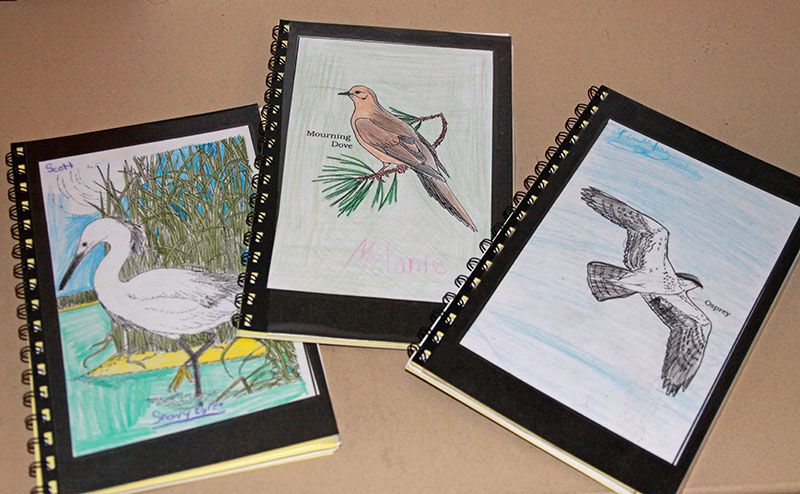
Photography by Trude Hurd
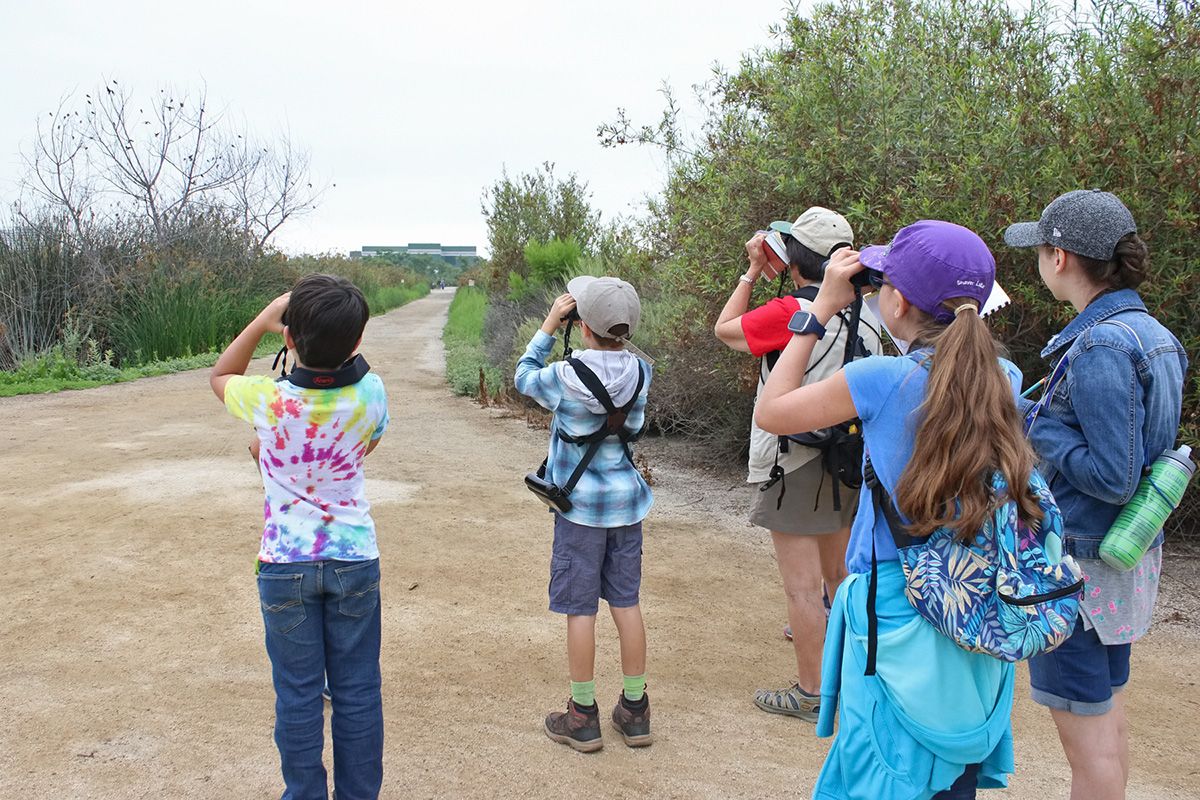
Nature Walk
Not Available in 2023
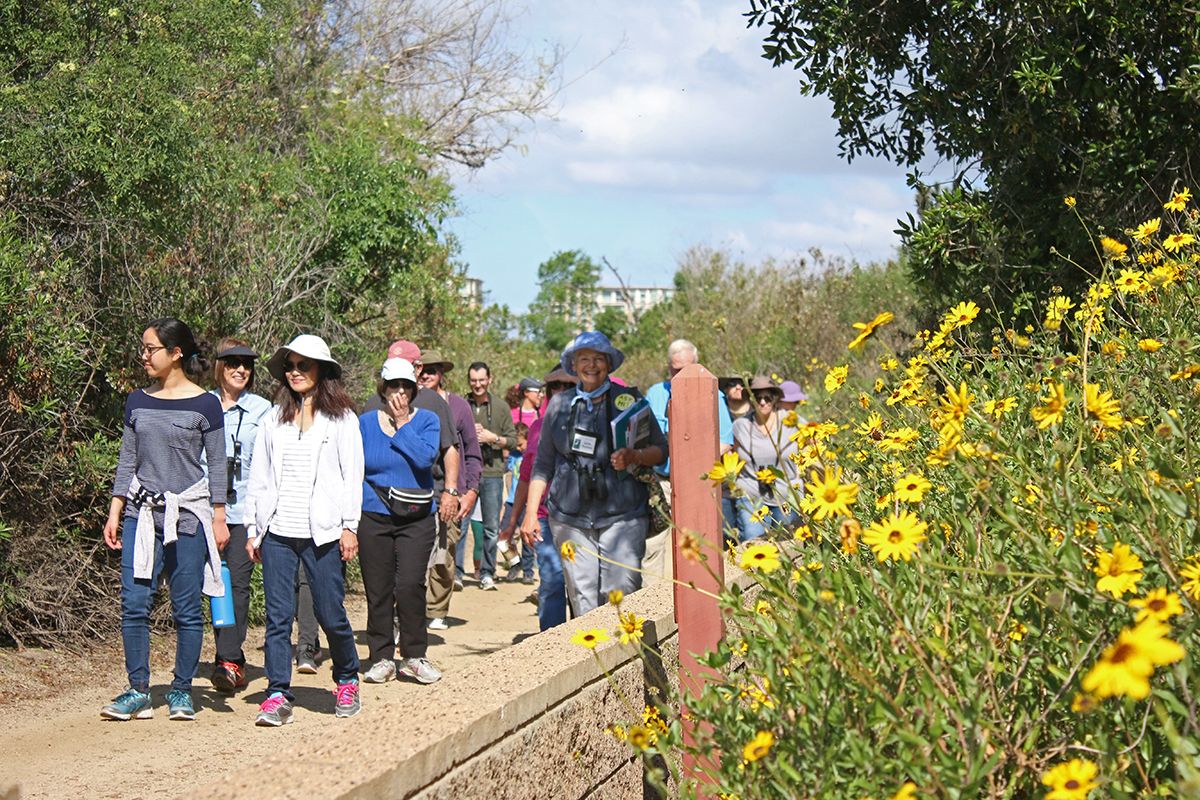
Contact Person for Information
Description of Program
Sea and Sage Audubon offers a free guided Nature Walk at the San Joaquin Wildlife Sanctuary on the first Saturday of each month. We begin at 9:00AM in front of Audubon House and conclude promptly at 10:30AM. The half mile walk is on level ground around six freshwater ponds and the Pollinator’s Garden.
During the walk, participants will explore the diverse life of the marsh with experienced, friendly Audubon Naturalists. Through interactive activities, we will learn about the fascinating relationships between the plants and animals with their habitat throughout the seasons. It’s fun for the whole family! Reservations are required; walk-ins are not allowed.
Free Program
Program is free to attend. Donations are always welcome!
How to Enroll
Reservations may be required; check this webpage for current information. Minors must be accompanied by an adult. Children must be age 5 or older. A signed liability release form is required for participation; print the form on this page, sign it, and bring it with you on walk day. Groups with more than 8 people are not allowed; they are encouraged to schedule a private Community Tour with coordinator Jay Miller by email at jaykeeta@gmail.com.
Liability Release Form (required for participation)
What to Expect in Winter: During the season of rain, trees and shrubs begin growing leaves, the ponds are full of wintering ducks, some songbirds eat red berries, hawks soar overhead, and most reptiles are hibernating.
What to Expect in Spring: During the season of growth, plants grow new leaves and flowers, wintering birds leave to migrate north, summering birds like swallows arrive to nest and raise their young, and butterflies and lizards are more visible.
What to Expect in Summer: During the season of heat, many plants have flowers, seeds, or berries while some lose their leaves. Ducks and shorebirds may be seen with their chicks. Insects are plentiful. Lizards and turtles bask in the warm sun. Early morning and late afternoon visits are best for comfort and viewing.
What to Expect in Autumn: During the season of change, deciduous trees change color and drop their leaves, summering birds leave and migrate south, wintering birds such as waterfowl arrive and increase in numbers with each week, and dragonflies fly along the trails over visitors.
What Participants Say:
- “What a great way to spend my Saturday morning!”
- “We’ll be back!”
- “I love it here!”
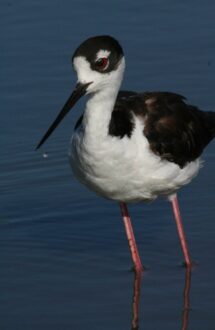
Birds!
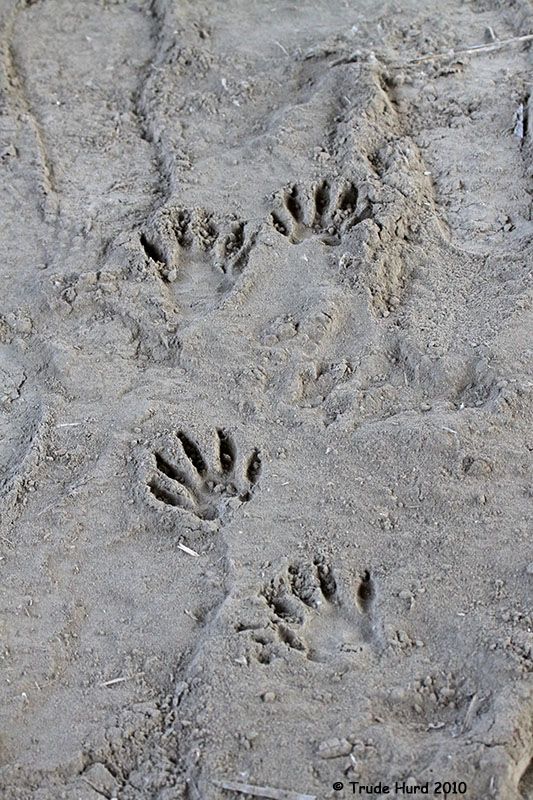
Tracks!
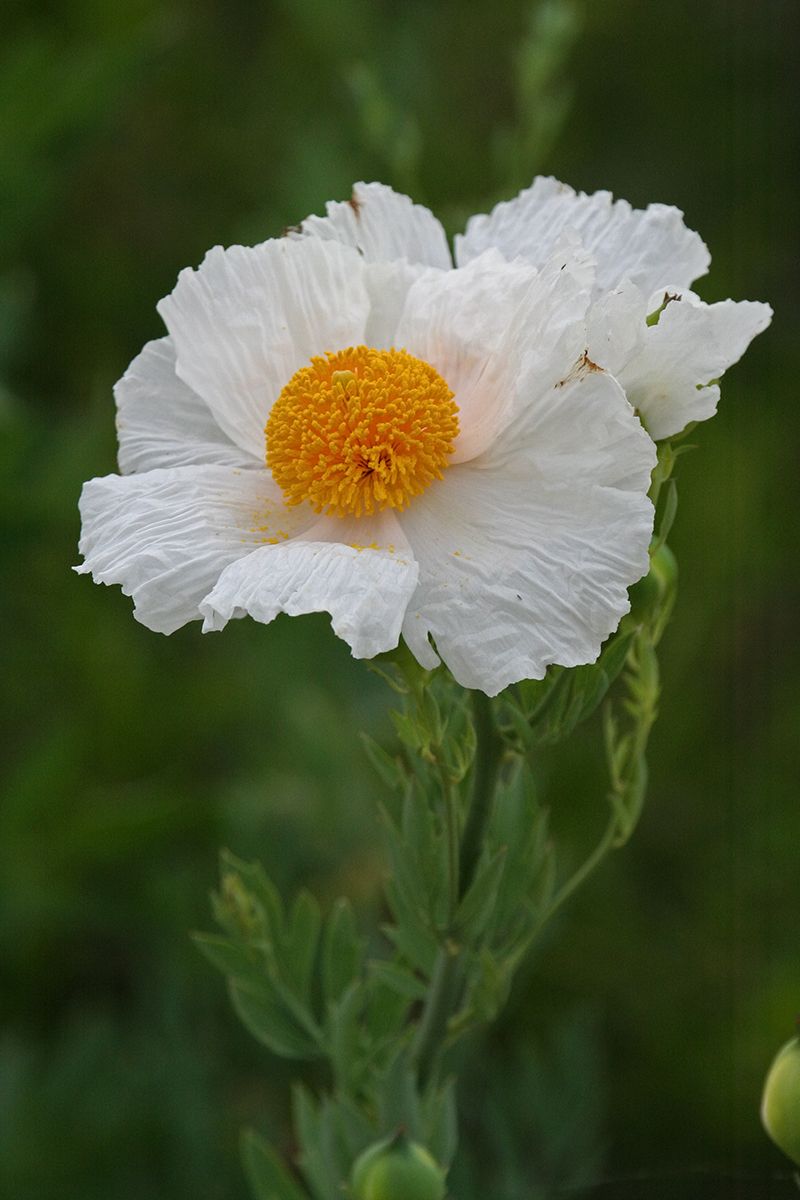
Native Plants!
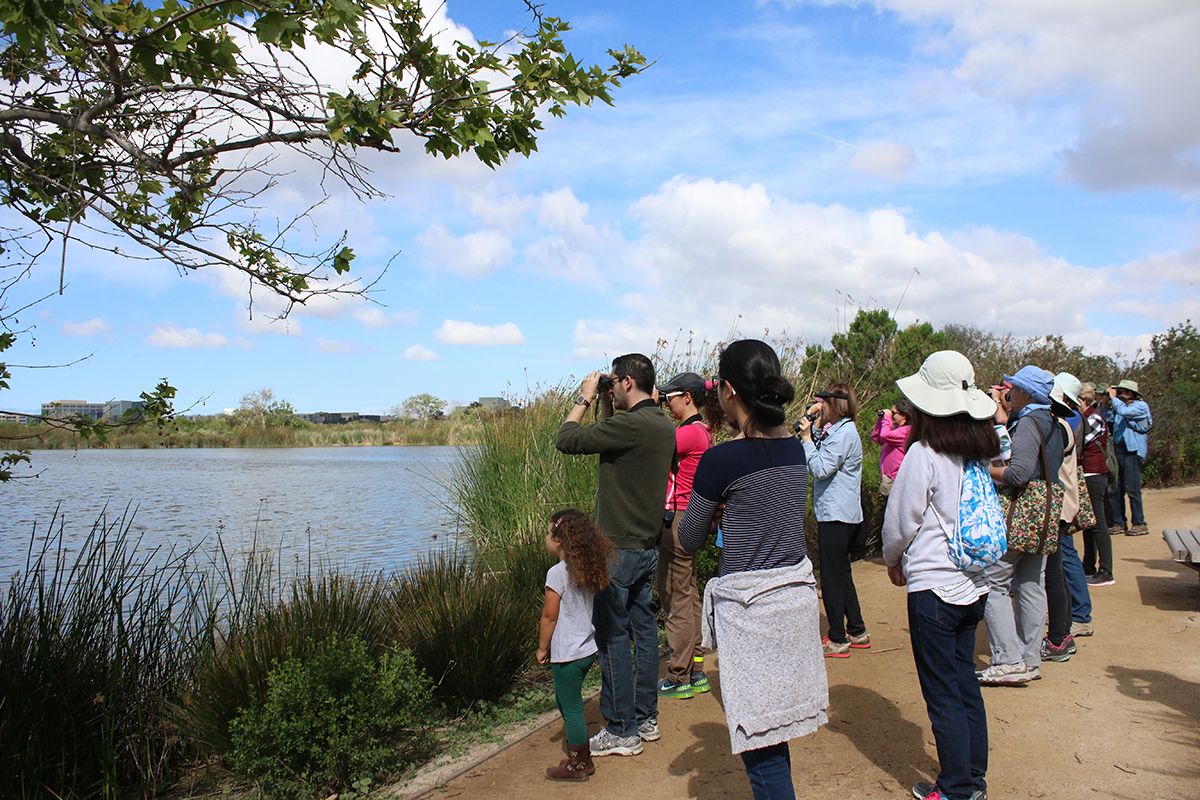
Large Ponds!
All photographs are by Trude Hurd and used with permission.
Summer Bat Walks
Enrollment opens June 1
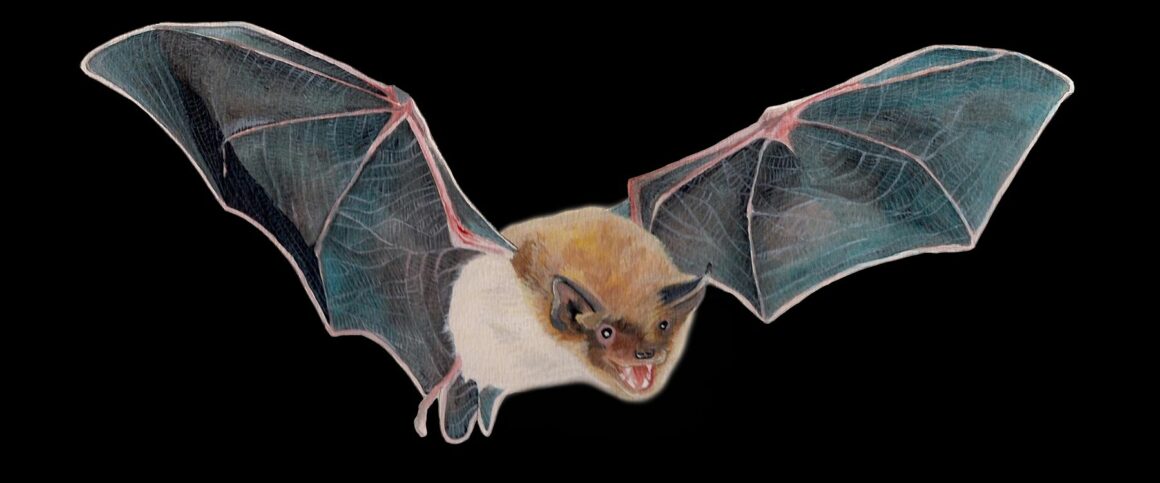
Yuma Myotis bat art by Donna Robb
“It’s a wonderful chance to learn about a fascinating creature.”
Contact Person for Information
Jean Savage coordinator
Description of Program
Looking for something exciting to do on a summer night? Come take a Summer Bat Walk! You will experience the San Joaquin Wildlife Sanctuary, a beautiful 300 acre-freshwater wetland in Irvine, during a time when it is normally closed to the public. Guided by trained bat enthusiasts, we will take an outdoor evening walk along the ponds in search of bats. These bats visit the marsh in small numbers at night to feed on flying insects. Using our eyes and bat sonar detectors, we can watch and hear the bats flying right over the ponds, trails, and even us! A special Junior Batologist badge is available for children. Programs are on a Saturday night in August, and start time varies depending on sunset (see flyer for exact times). Entire program lasts 1 1/2 hour.
Program Fee
$20Adults
$10 Children ages 10-12
- Minors must be accompanied by an adult. Children must be age 10 or older.
- Participants must be pre-registered. Walk-ins are not accepted.
- A 48-hour cancellation notice is required for a refund.
- Please note: there is an additional online registration fee.
Event Dates: See PDF flyer for current dates and EventBrite enrollment link.
How to Enroll
- Reservation is through EventBrite. Enrollment link is listed on our Summer Bat Walks PDF flyer on this page. Enrollment opens June 1. This popular event fills quickly so register as soon as possible.
- A signed liability release form is required for all participants; print the form on this page, sign it, and bring with you on Bat Walk night
Education Liability Release Form (required for participation)
Special Requirements
- Due to the presence of disease-causing insects, there is a strict clothing requirement. Long pants and long-sleeves are a must; insect-repellant is optional. For your safety, failure to comply with the clothing requirement means you cannot participate in this event.
- Flash photography and flashlights are not allowed. These lights are a disturbance to the bats and destroy human night-vision for at least 20 minutes. Leaders will carry flashlights for emergency use only.
- Participants should be able to walk at a moderate pace up to a mile on flat, uneven, unpaved ground using ambient night-time light.
- Entire program lasts about 1 1/2 hours. Be prepared to stay the entire time with our leaders.
What Participants Say:
- “It was great to get to walk the nature preserve after hours. It was fantastic to learn about my local community and about bats. They are fascinating creatures.”
- “It was a fun experience and interesting to learn about how many bats actually live right here.”
- “Thanks for a wonderful evening into the unknown!”
- “[My favorite part was] Everything! Using the bat detectors to “hear/see” the bats, the scenery and walk around the wildlife sanctuary, and the information from the tour guide.”
Resources About Local Bats
- See https://irvineweekly.com/send-in-the-bats/ for 7/2019 article about our former Bat Walk program.
- Download our Discover Bats in Orange County Discovering Bats
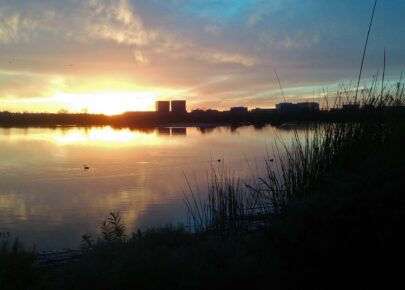
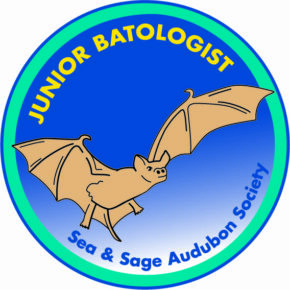
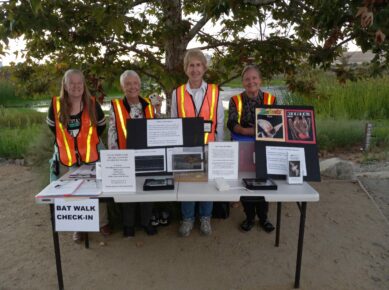
Photographs are by Trude Hurd and Doug Lithgow and used with permission.
Nature Discovery Kits
Available in 2023

“This was wonderful exposure to bird nests for our group. This kit enhanced their observation skills and provided many opportunities for inquiry. We love being able to borrow these kits! Thank you so much for making them available to us!!” Donna K.
Contact Person for Information
Diana Terreros email is educationassistant@seaandsageaudubon.org
Description of Program
Sea and Sage Audubon offers free loan of our Nature Discovery Kits to Orange County educators for two weeks. We understand that prepared taxidermy specimens and other science materials are not readily available to local educators, and we are happy to help supplement your scientific investigations with your students so that they can gain a greater appreciation and understanding of Orange County’s wildlife.
The topics of the 6 kits are Bats, Owls, Butterflies & Moths, Reptiles & Amphibians, Songbird Nests, and Wonderful Life of a Dying Tree. Each kit contains a Teacher Resource Notebook, reference books for teachers, a research project for students, and a variety of prepared specimens, videos, posters, children’s read-aloud books, puppets, and other items. Kits are appropriate for upper elementary students but may be adapted for younger or older students. Only one kit may be borrowed at a time.
Free Program
Loan is FREE although we appreciate donations to maintain the kits. We require a $50 deposit check (payable to Sea and Sage Audubon) when you pick up your kit. Deposit check will be returned or shredded (your choice) when all items are returned on time and undamaged.
How to Enroll
We require one month’s notice for scheduling (no short notice requests, please). Contact our volunteer Nature Discovery Kit coordinator with your preferred dates and kit topic.
Picking Up Your Kit (map included)
What Participants Write:
- “They loved playing with the puppet! The posters and taxidermy bats brought the learning alive for them. The children go from fearing bats to loving them. They realize bats are gentle and very helpful!” Teresa F.
- “The children LOVED seeing and gently feeling the snakeskin. The children loved listening to the frog sounds CD. Your kits are able to put my students in touch with things I don’t have access to (snake bones, snakeskin, and real turtle). THANK YOU!!!” Tara K.
- “This was the third kit that we borrowed and again we were impressed with the materials and taxidermy specimens. We feel so lucky to have access to such a great program. Thank you.” Marion B.
Watch this short unnarrated video about Owl Behaviors and Adaptations
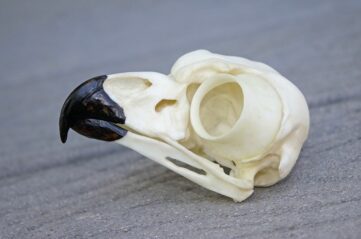
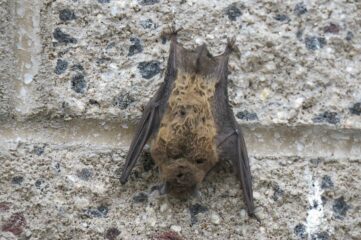



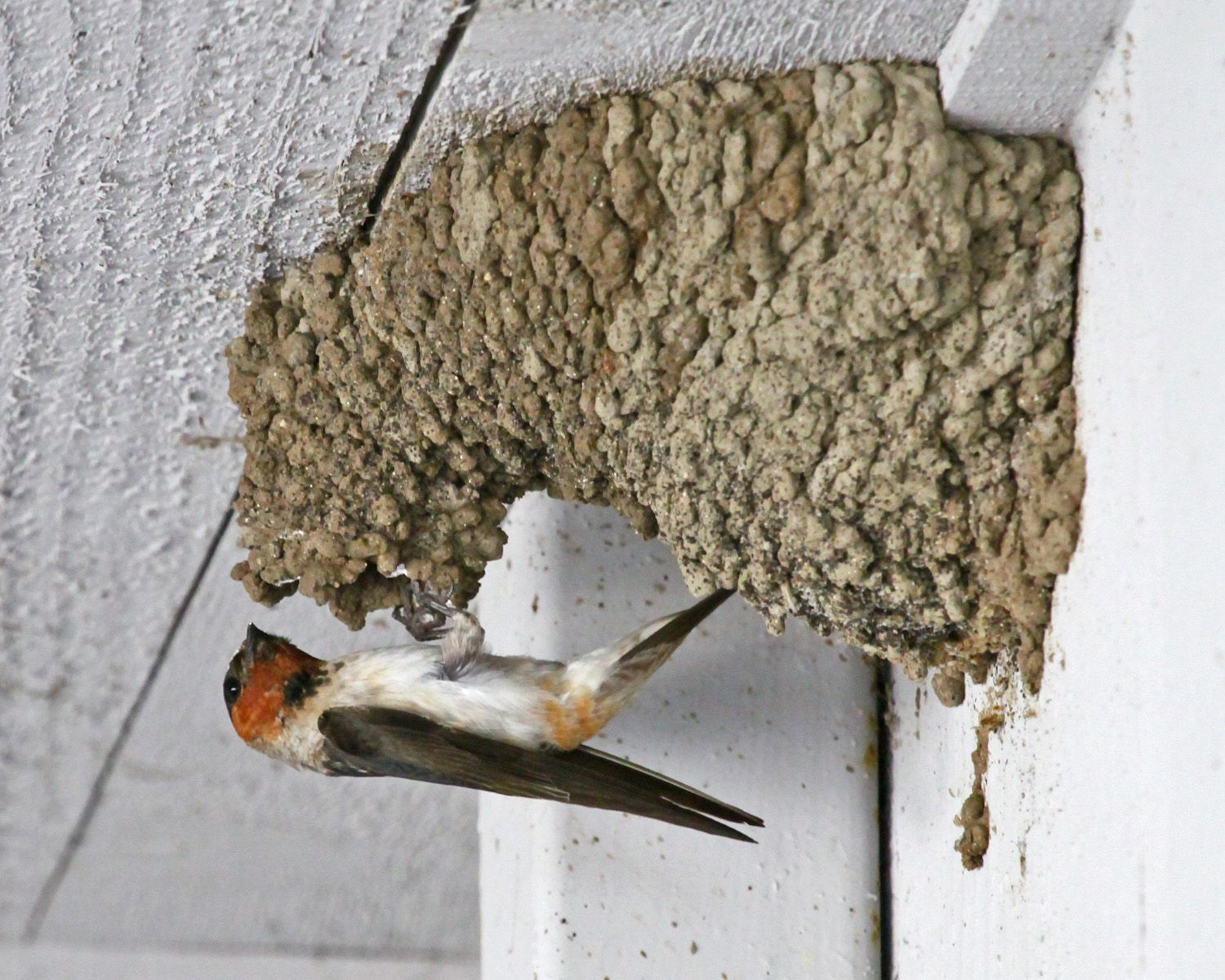
Photograph of Yuma Myotis bat is by Jack Lindell, photograph of Bat Kit is by Linda Thomas, and all other photographs are by Trude Hurd. All photographs are used with permission.
Community Tours
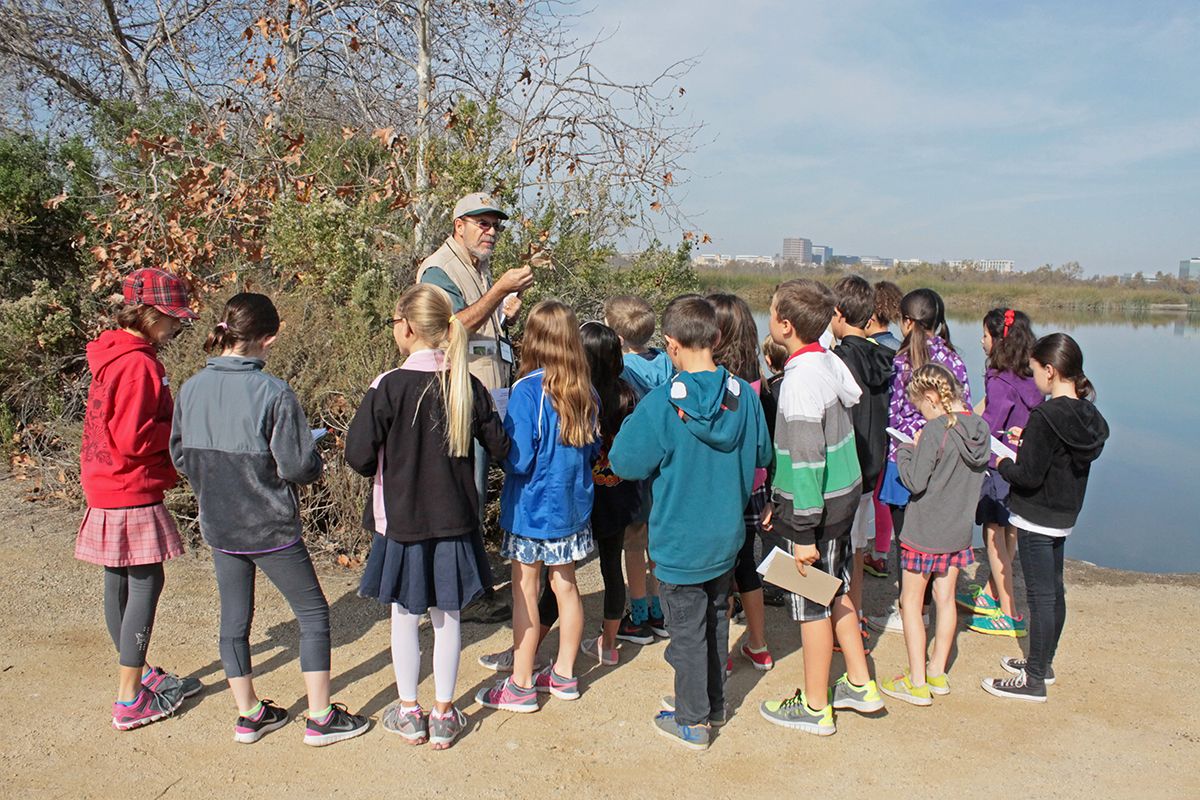
Description of Program
Would you like a private tour of the wetland? Sea and Sage Audubon offers guided walks for scout groups, families, and other community groups who want a personal tour of the San Joaquin Wildlife Sanctuary. The 1 – 1½ hour walk covers a half-mile on level ground around six freshwater ponds. You and your group will experience a variety of birds and other wildlife in action. You may see flying, hunting, hopping, bathing, preening, nesting, and other exciting aspects of their daily lives. Come discover the wonders of the wetland!
Program Fee
- $50 per group.
- Prepayment required. Pay by credit card at PayPal
- Maximum number is 12 people (combined adults and children age 8 and up).
- Minimum 1 adult for every 5 children (for safety).
- Program fee includes the Naturalist-led guided tour, loan of our binoculars, and a copy of our 28-page illustrated field guide Birds of the San Joaquin Wildlife Sanctuary for each participant to keep.
How to Enroll
- To schedule your tour date, contact the coordinator a minimum of 2 weeks in advance.
- Once you have scheduled the date, complete the Enrollment Form and send to the coordinator (address on form) AND also pay by credit card at PayPal
- Your tour is not confirmed until we receive full payment and the Enrollment form.
- Please provide each member in your group with a copy of our Liability Release Waiver and bring completed forms on your tour date.
Forms
-
Community Tour Enrollment Form (coming soon)
- Community Tour Liability Release Form (required for each participant) withPhotographic Release Form (optional)
What to Wear: We suggest wearing comfortable walking shoes, jackets in cooler months, and a hat and/or sunscreen in warmer months.
How to Behave in a Wildlife Sanctuary: Because everything at the San Joaquin Wildlife is protected, all visitors including children are expected to “Respect The Wildlife and Wetland” during their visit. We will use quiet “indoor” voices, stay on the trail, walk instead of run, not throw rocks or pick plants, and obey the Naturalist’s instructions. Thank you for your cooperation.
We reserve the right to dismiss any group
that is disruptive or disobeying the wildlife sanctuary rules.
What Participants Say:
- “This was good nature exposure for the kids as they don’t get much of that.”
- “Such a wide variety of ducks and other birds I never knew.”
- “Isn’t this great!”
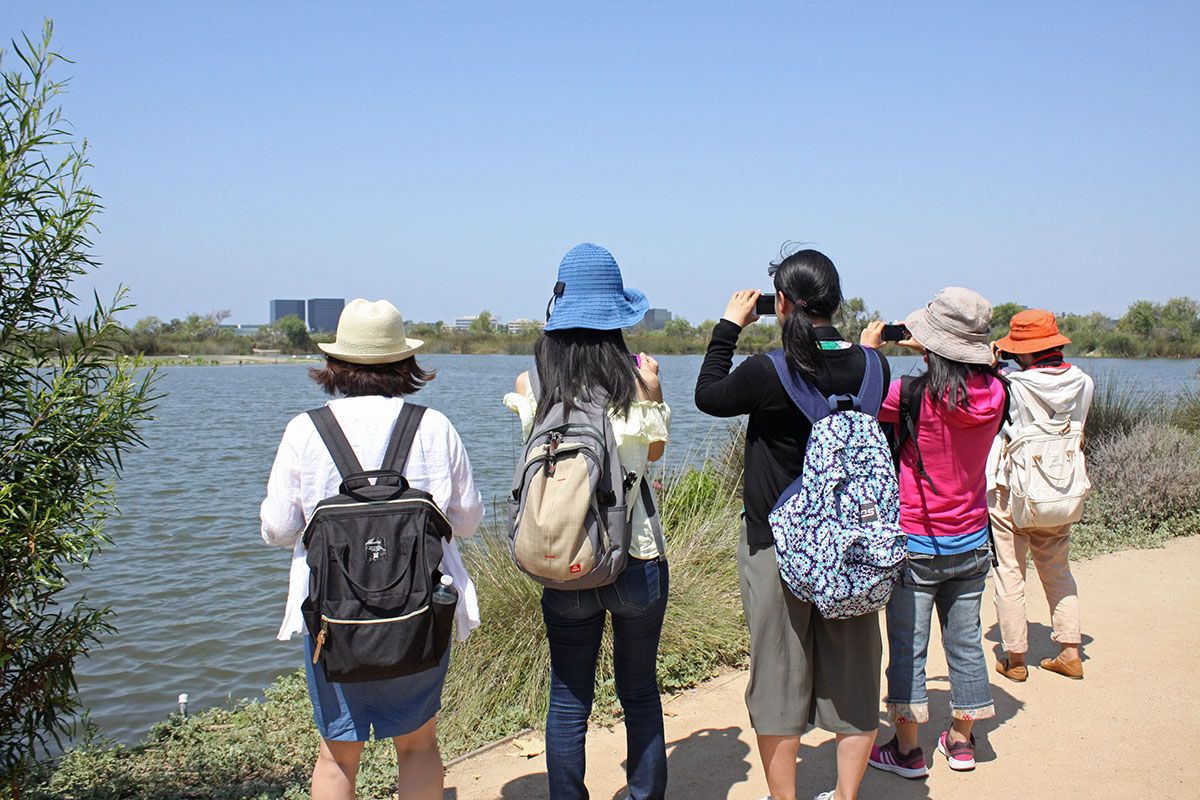
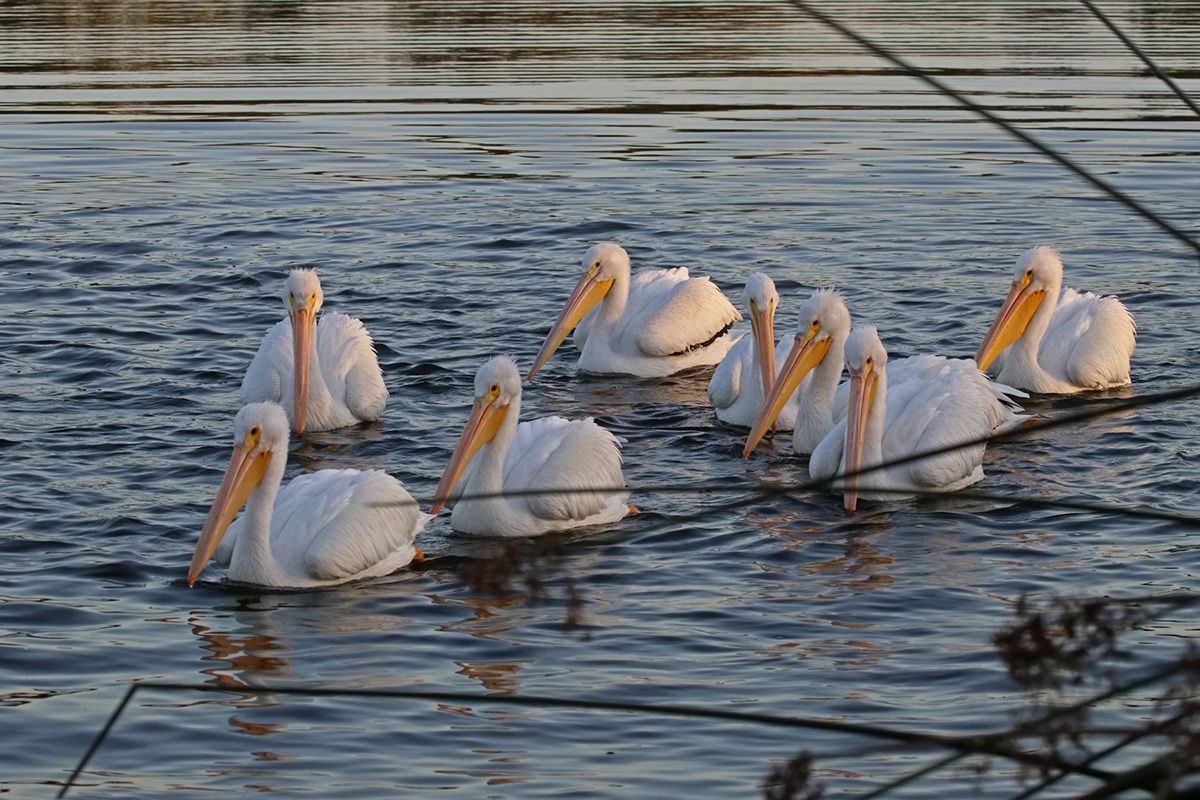
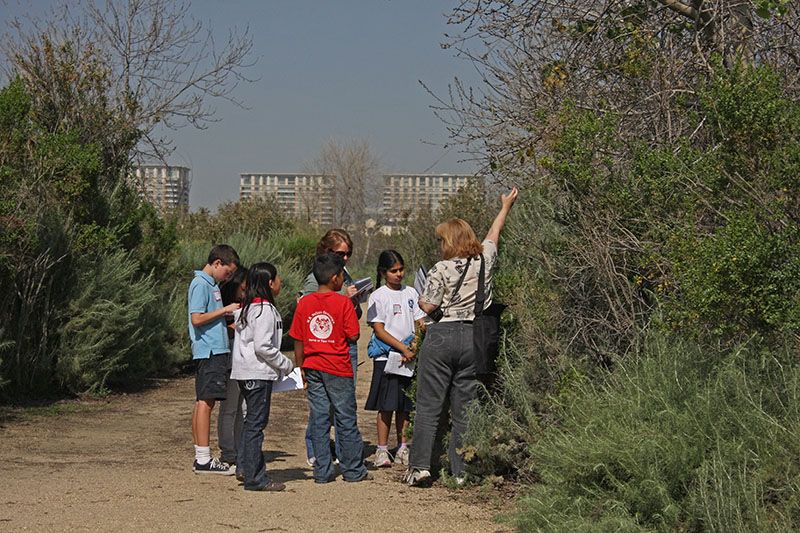
All photographs are by Trude Hurd and used with permission.
Junior Naturalists
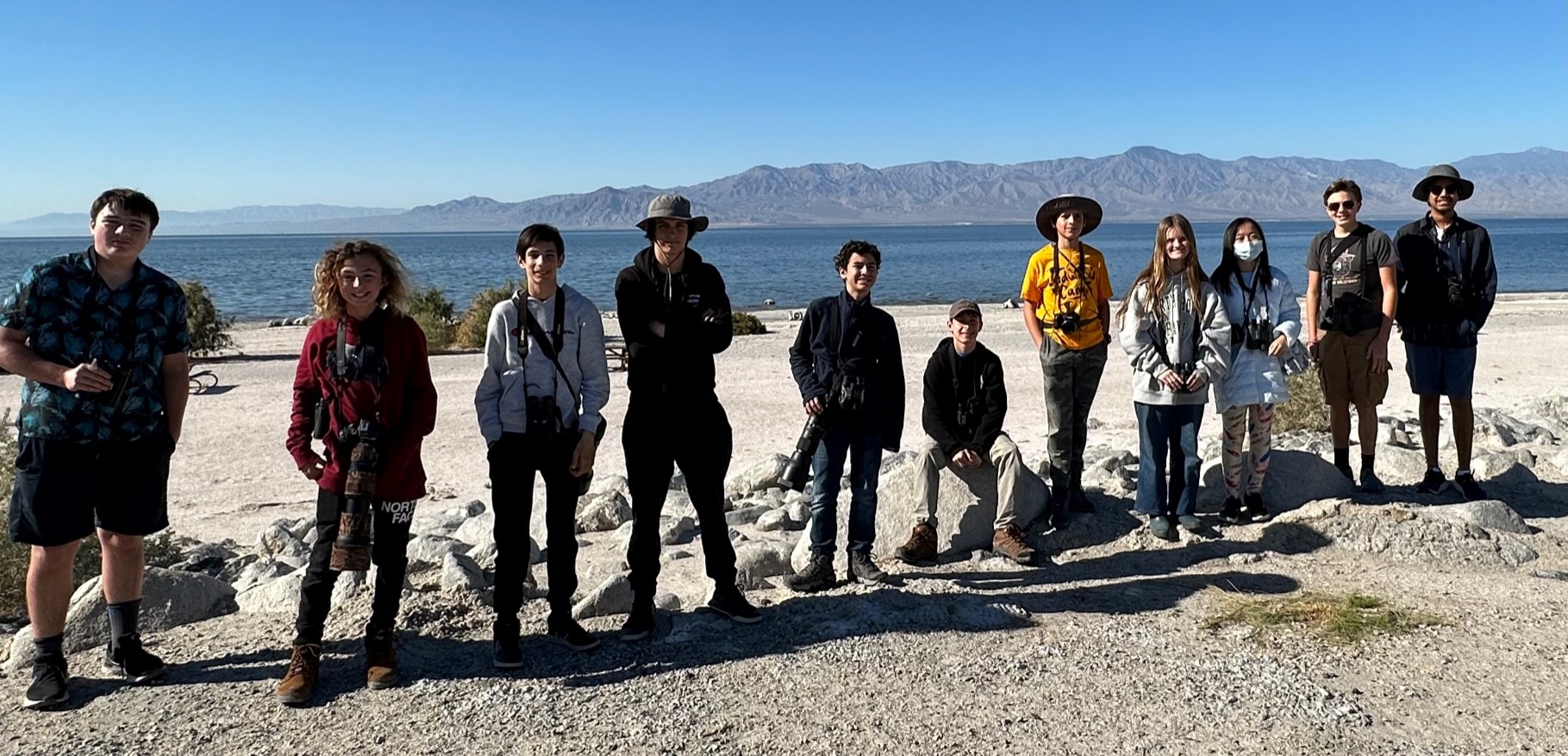
Junior Naturalists at Salton Sea-2023
Contact Person for Information
Gail Richards, Junior Naturalists coordinator
Description of Program
Do you have a teen who loves birding and being out in nature? This program may be for you! Under the supervision of adult Audubon Naturalists, the teens participate in monthly field trips and stewardship projects between August and July.
During the field trips, Junior Naturalists explore unique habitats in Southern California.
During the stewardship projects, Junior Naturalists donate their time and talents by
- Counting birds during annual bird counts.
- Cleaning taxidermy bird collections.
- Participating in Coastal Cleanup.
- Assisting with Nature Day Camp, Summer Barbeque and Pancake Breakfast.
Program Fee
Teens must maintain membership in Audubon during the entire year. Teens are responsible for any fees involved with individual activities such as kayaking and pelagic trips. Confidential scholarships are available; contact the Junior Naturalists coordinator.
Experience and Equipment Needed
Prior experience with birding and nature journaling is useful in addition to having a strong personal desire to learn more about birds, natural habitats, and conservation. For most trips, teens bring binoculars, bird field guide, nature journal, hat, water, and sack lunch.
Requirements to be a Junior Naturalist
Interested children must be thirteen or older by September 1st and/or enrolled in 8th grade or higher grades. Maximum age is 18. Additional requirements are in the Junior Naturalists Enrollment Packet.
How to Enroll
Read and complete the Junior Naturalists Packet (3 Pages). Teens new to the program must also complete the “Why I Want to Be A Junior Naturalist” form. Send completed forms by September 1 to Junior Naturalist Coordinator Gail Richards (address on form).
- Junior Naturalists Enrollment Packet
- Why I Want to Be a Junior Naturalist Form (NEW members only)
Junior Naturalists e-Newsletter
The coordinator sends a monthly e-newsletter that describes the month’s activity, shares photos of previous events, and provides information about upcoming events.
What Participants Share About Their Experience
- “Being a part of the Junior Naturalist program has allowed me to meet other people my age with the same passion for nature that I have. I’ve really found a family in this group.” Amy-Grace
- “Becoming a Junior Naturalist was likely my most critical step towards becoming a full-time birder. Through this program, I obtained incredible experiences and talents that sparked my devotion to ecology, conservation, and the outdoors. Glad to have this opportunity!” Ryan
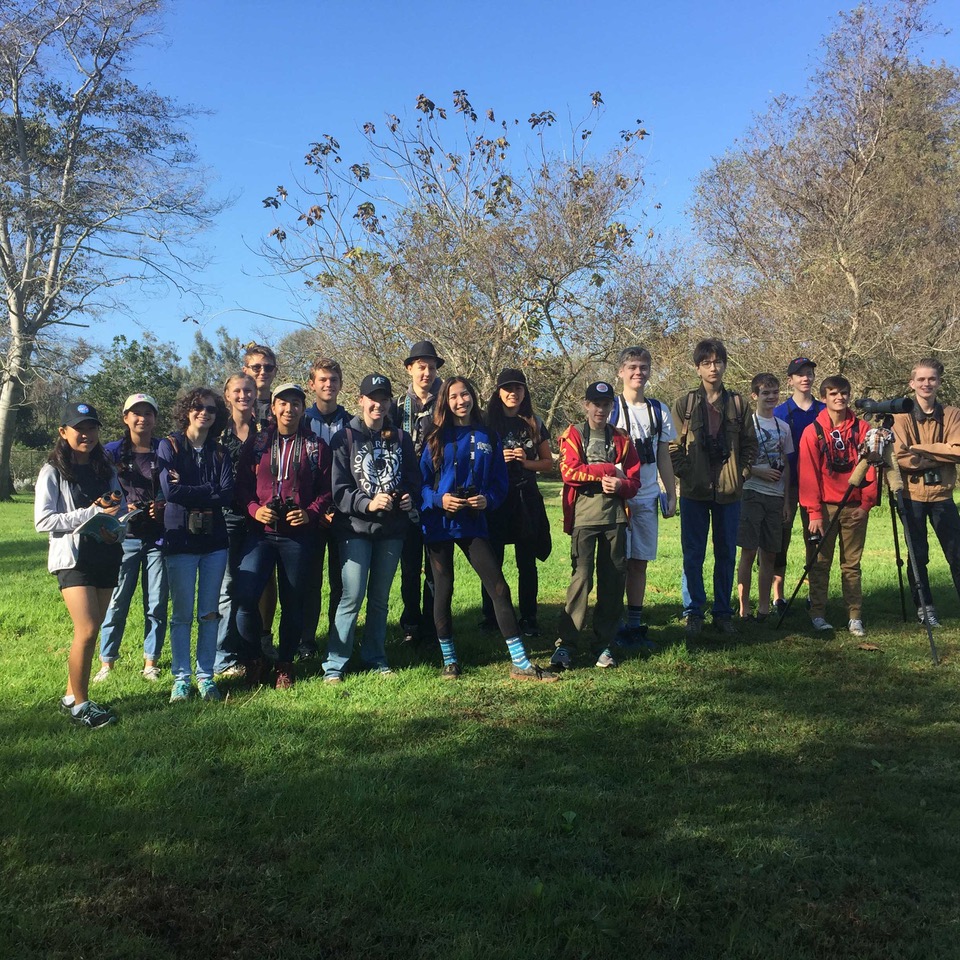
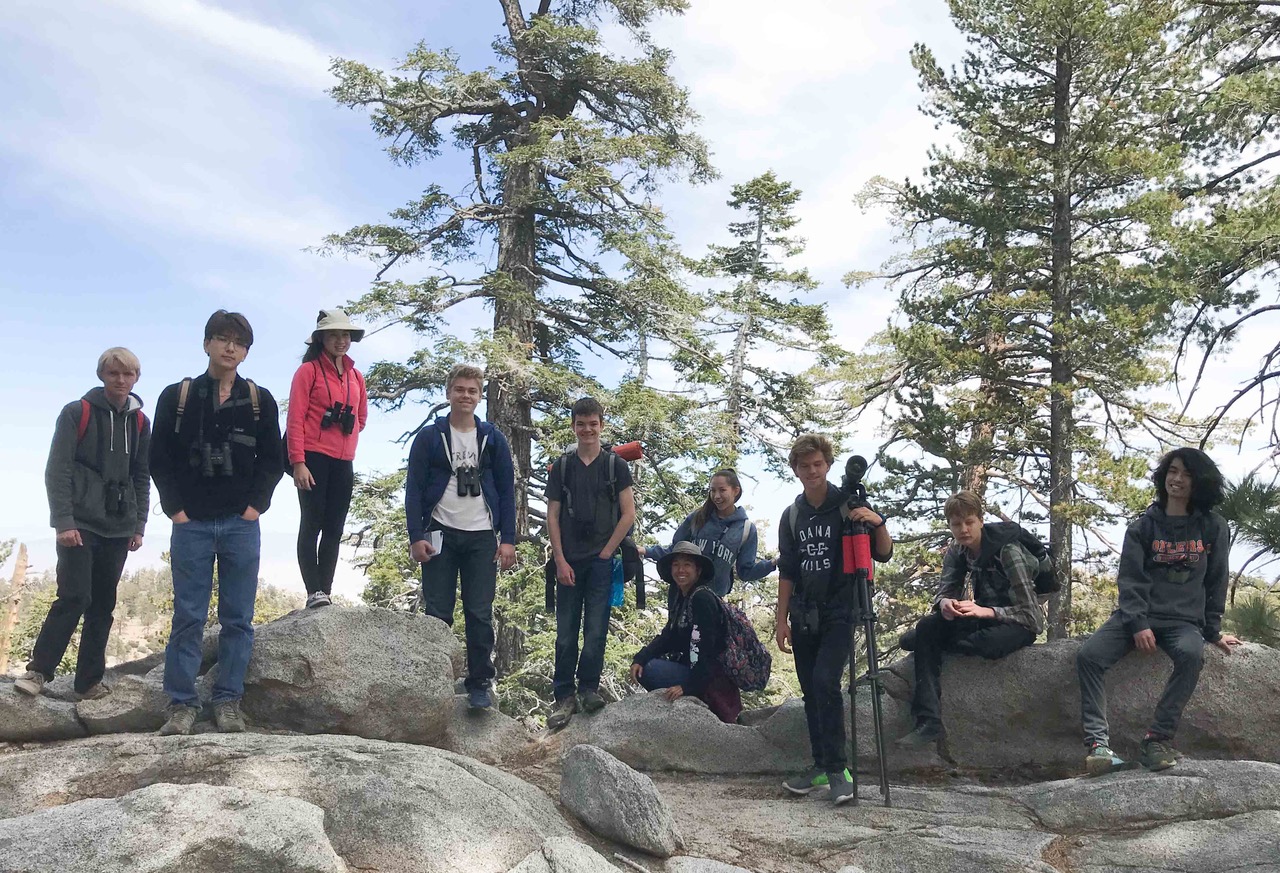
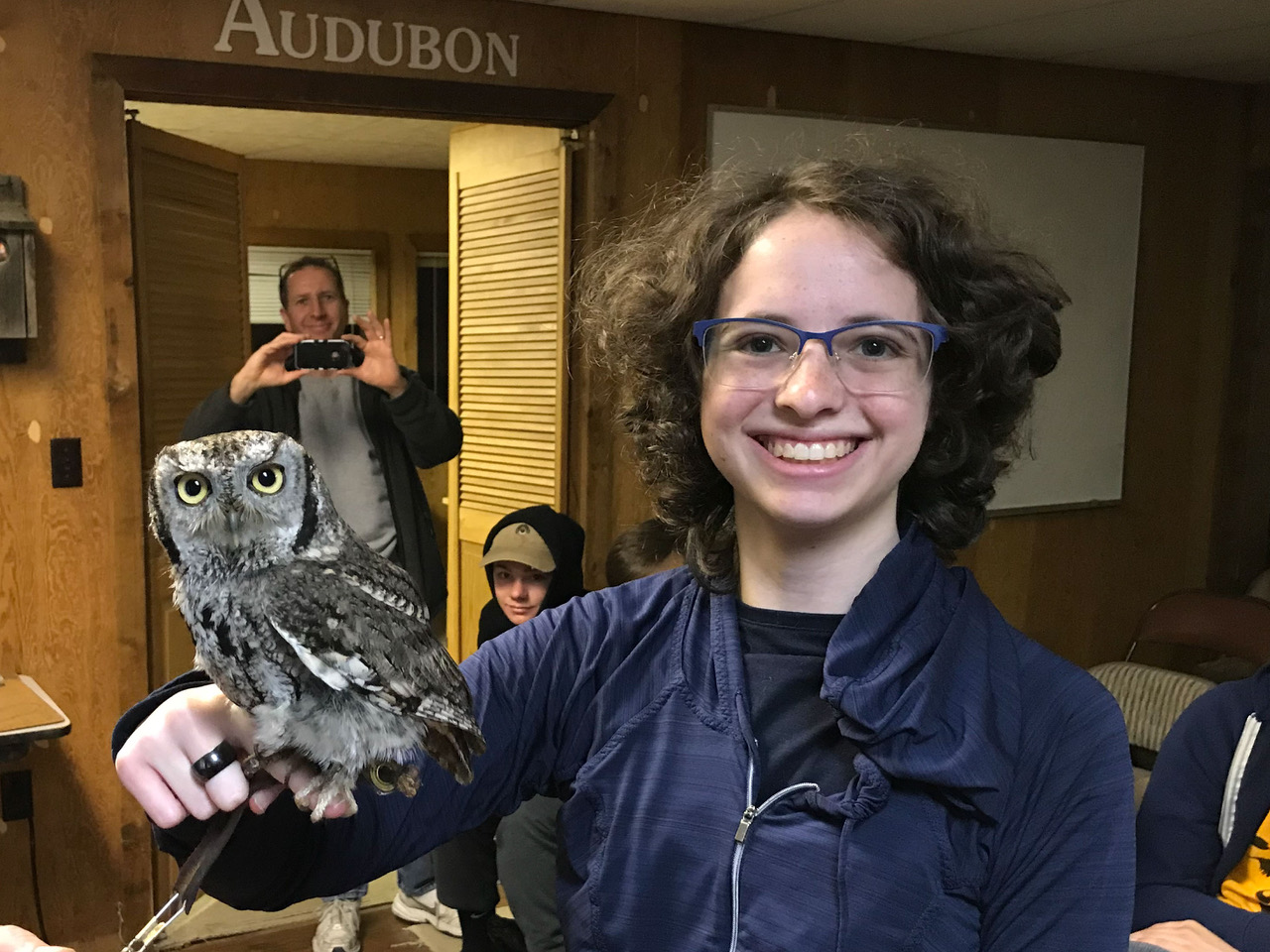
Observing Nature. Birding Adventures. Memorable Experiences. New Friends.
Photographs are by Trude Hurd and Stan Richards and used with permission.
Education Resources
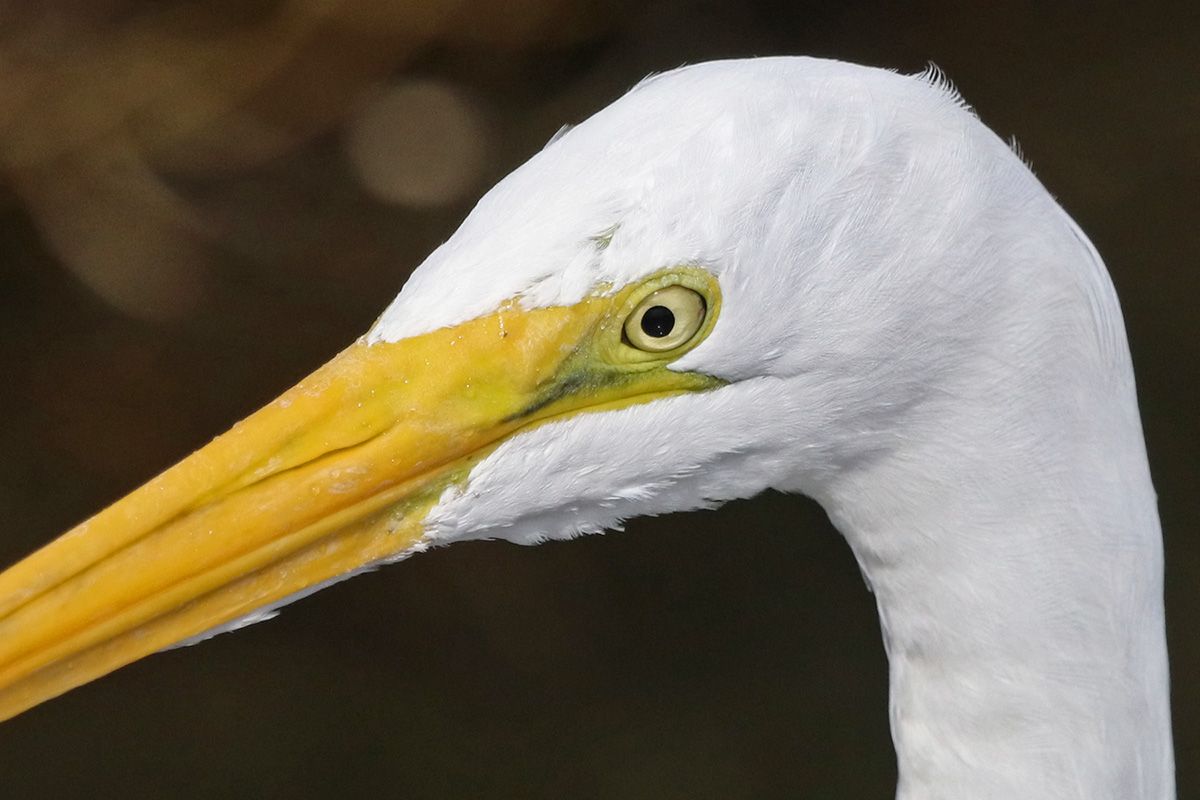
Learn More About Birds with the Birding Experts!
Sea and Sage Audubon Society offers a variety of educational brochures, booklets, videos and science lessons produced by our Education Team that can be used by educators and individuals who want to learn more about nature. Although many of the videos were designed for 4th-5th grade students, the presentations are useful for all ages; the only requirement is your interest in nature!
We also highly recommend the educational curriculum by Cornell Lab of Ornithology and National Audubon which are explained below.
“Each link is offered free of charge, but your donation will enable our education staff to create more educational opportunities for you and others. Just click the donate button!” by Carolyn Noble, Education Committee Chair.
Contact Person: Trude Hurd, Project Director of Education, email
Brochures – Nature
- Orange County Backyard Birding (1-page photographic guide):
- Orange County Neighborhood Birds in Spanish (1-page photographic guide):
- How to Create A Bird-Friendly Garden (trifold brochure):
- Hummingbirds of Orange County (trifold brochure identifies 6 hummingbird species and explores their interesting adaptations and behaviors):
- You Can Help Birds in Orange County (2-page coloring sheet for youth):
Brochures – Nature At The San Joaquin Wildlife Sanctuary
- Marsh Education Project at the San Joaquin Wildlife Sanctuary (trifold brochure explains the 7 educational programs at the wetland for the public)
- Common Birds of San Joaquin Wildlife Sanctuary (photographic brochure of 40 birds)
- Nesting Stilts and Avocets at the San Joaquin Wildlife Sanctuary (trifold brochure illustrates the nesting cycle of these two shorebirds)
- The Osprey Family of the San Joaquin Wildlife Sanctuary (trifold brochure explains the nesting cycle of this raptor)
- Summer Birds, Plants and Wildlife of the San Joaquin Wildlife Sanctuary (half-fold handout of 16 photos and one thing for each to find on your visit)
- Winter Birds, Plants and Wildlife of the San Joaquin Wildlife Sanctuary (half-fold handout of 16 photos and one thing for each to find on your visit)
- Checklist of Animals at the San Joaquin Wildlife Sanctuary (trifold brochure listing the common insects, fish, reptiles & amphibians, and mammals at the marsh)
- Come Visit the Pollinators’ Garden of the San Joaquin Wildlife Sanctuary (trifold brochure about the creation and purpose of the garden, how to help native bees, native plants that attract hummingbirds and bees, and how to learn more)
- American White Pelicans of the San Joaquin Wildlife Sanctuary (trifold brochure about the biology of White Pelicans, when they are at the marsh, and what the tags mean) (COMING SOON)
You Tube Videos
This 3-minute video is narrated by Project Director Trude Hurd who explains our 7 education programs for the public at the San Joaquin Wildlife Sanctuary in Irvine, Orange County, CA.
Bird Beak Adaptations (2021)
This 18-minute narrated lesson shows how different birds have different shapes of beaks depending on their prey. The first half covers 7 groups of birds and the second half asks students to make predictions about 5 mystery birds. Narrated by Project Director Trude Hurd.
Food Chains and Food Webs (2021)
This 13-minute narrated lesson uses wildlife of a Southern California freshwater marsh as examples to explain food chains and food webs and invites students to observe and answer questions. Narrated by Naturalist Debbie Hays.
Water Quality of a Marsh (2021)
This 8-minute narrated video explains the importance of water quality testing, shows a scientist collecting water samples from a large freshwater pond in Southern California, includes a pH test demonstration involving student participation, and concludes with how students can keep urban runoff unpolluted. Narrated by Education Assistant Deborah Brin.
The Language of Birds (2021)
Go to the link above and then enter Student Code: NZBIP and then your First Name (link is good until 12/1/2023).
This 15-minute narrated NearPod lesson encourages student learning about bird communication as they participate in simple quizzes about the songs, calls and mechanical sounds that birds make. Narrated by Naturalist Debbie Spurr.
This short, narrated video explores the beach birds of Crystal Cove State Park, Orange County, California. Viewers will learn tips to identify the common birds on Southern California beaches, the biology of their lives, and ways to protect them. Narrated by Project Director Trude Hurd.
Backyard Birds (2020)
This 16-minute narrated video is for beginning birdwatchers and features 10 common backyard birds in Southern California, how to identify them, and a few fun facts about their life histories. Narrated by Hunter Craft, camp graduate and former teen Junior Naturalist.
Native Plants to Attract Birds (COMING SOON)
This short, narrated video explains the importance of locally native plants for birds, 12 types of plants, and where to get more information.
Adaptations of Bird Beaks (2020)
This 26-minute lesson features our Project Director Trude Hurd who uses our taxidermy bird specimens to compare and contrast the beak shapes of ten categories of birds in Southern California.
Adaptations of Raptors (2020)
This 16-minute video features our Project Director Trude Hurd who uses our taxidermy bird specimens to explain the three characteristics of raptors in Southern California.
This 31-minute narrated PowerPoint video explains how birds become endangered, what laws protect them, and two local success stories in Orange County, CA (California Bald Eagle and Peregrine Falcon).
This 35-minute narrated PowerPoint video explains four local coastal birds still in trouble in Orange County and how we can help (Ridgway’s Rail, California Least Tern, Western Snowy Plover and Belding’s Savannah Sparrow).
This 4-minute unnarrated presentation will help you discover how owls live and survive. Use the pause feature for each slide as you learn about adaptations (eyes, ears, talons, beak, feathers, and neck), feeding behaviors, nesting, how to help owls, resources, student activities, and vocabulary.
Wonderful World of Bats (2021) (COMING SOON)
This ___ minute unnarrated presentation dispels the myths, explains the biology, and shares the most common bats in Orange County, California. Use the pause feature for each slide.
Introduction to Shorebirds (2021) (COMING SOON)
This ___ minute unnarrated PowerPoint video shows the main categories of shorebirds and how to identify between the most common species in Southern California.
Google Classroom – Sea And Sage Audubon
A Google Classroom lesson comprised of 26 self-paced activities for ages 9 to adult to learn more about Coastal Shorebirds, Endangered Coastal Birds, and Coastal Plastics. See PDF for how to enroll.
Educational Opportunities By Other Organizations
- This is the place for articles and videos to help you develop your bird identification skills, photography skills, and learn about feeding birds and bird sounds. There’s the free All About Birds on-line bird guide, free Merlin app to identify birds from a description or photo, live Bird Cams, and interesting fee-based courses. All ages will benefit!
- Free K-12 Lessons: You will find a wide variety of bird lessons and activities that are user-friendly, meet Next Generation Science Standards, and inspire students. Choose from Grades K-2, 3-5, 6-8, and 9-12
- This National Audubon web page features a wide variety of activities and content from Audubon’s national network of environmental educators to help connect children to the natural world.
- Topics include Get to Know Birds, Owls, Migration, Plants for Birds, Hummingbirds, Raptors, Wading Birds, Seabirds, Share the Shore, Climate, and Drawing a Bird with David Allen Sibley.
- Audubon Adventures issues colorful newspapers for children in grades 3-5 on a variety of nature topics (available for purchase).
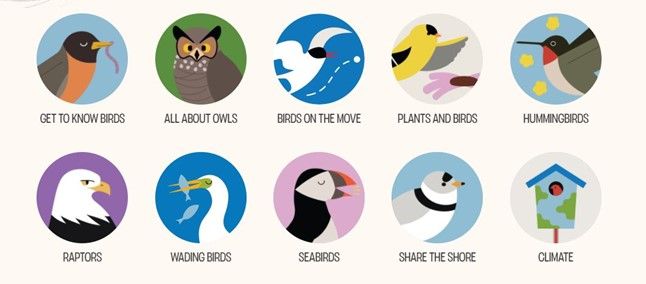
Image copyright Alex Tomlinson/National Audubon Society at https://www.audubon.org/get-outside/activities/audubon-for-kids. Image used with permission from National Audubon.
¡Le damos la bienvenida al Santuario de Vida Silvestre de San Joaquín!
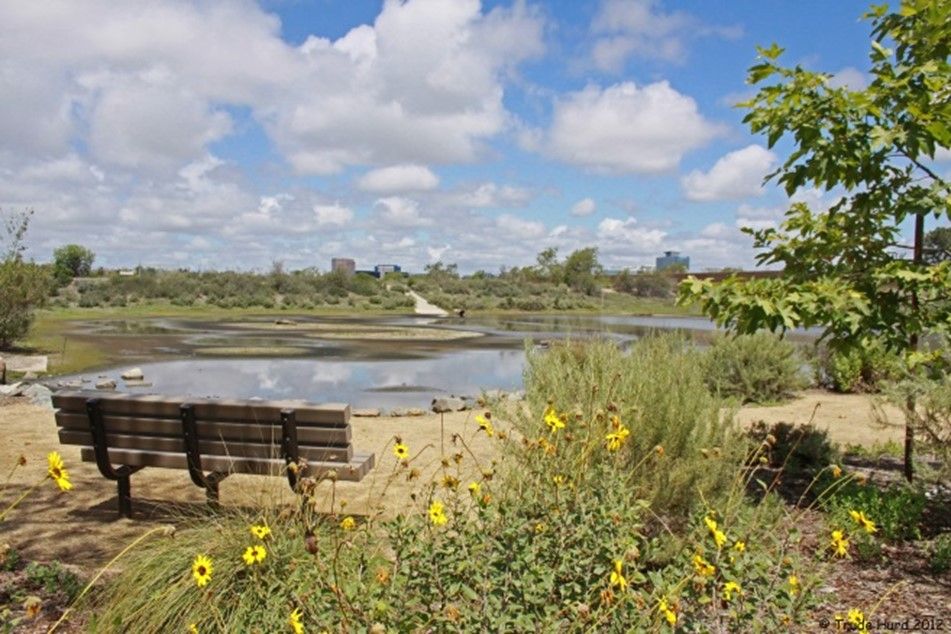
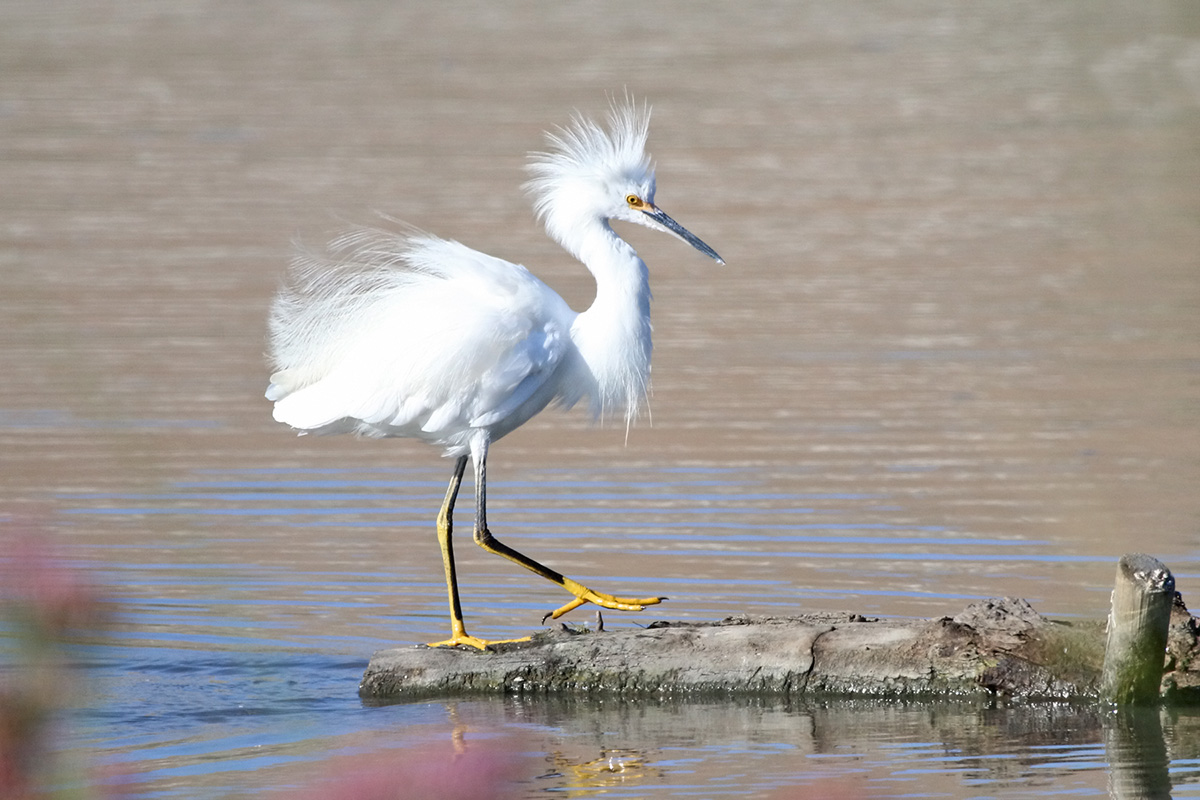
¡Ven a Visitar!
Venga a visitar el Santuario de Vida Silvestre de San Joaquín, un hermoso humedal de agua dulce de 300 acres al sur de la autopista 405 en Irvine, cerca de Santa Ana. Todas las edades disfrutarán del humedal.
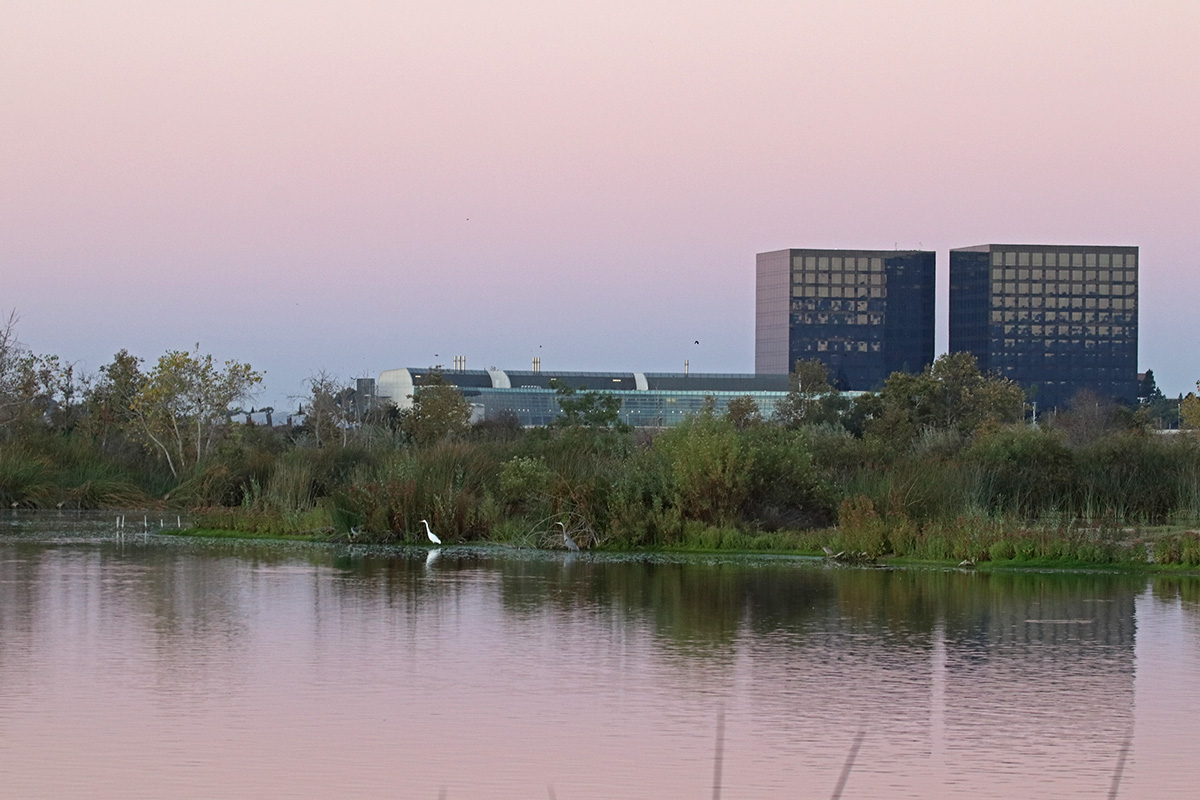
Horario:
Abierto todos los días desde el amanecer hasta el atardecer. Cerrado únicamente por las noches.
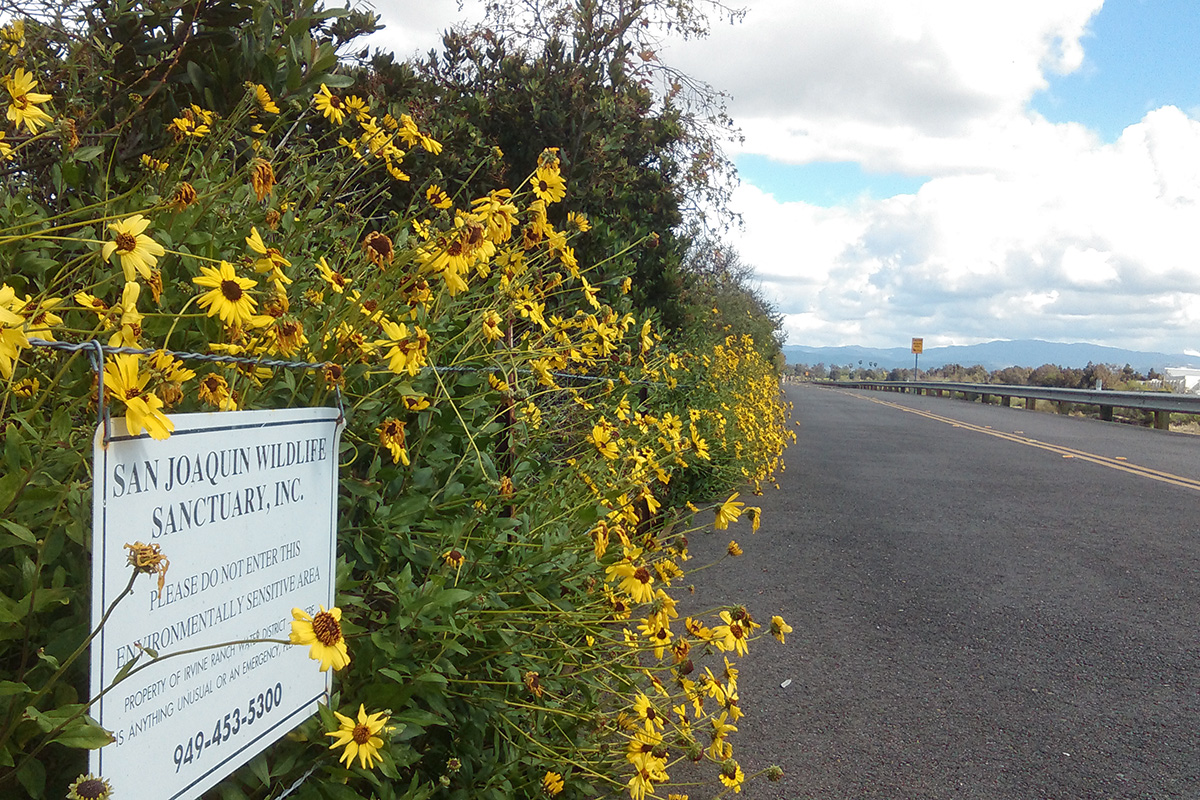
Entrada Gratis.

Estacionamiento Gratis.
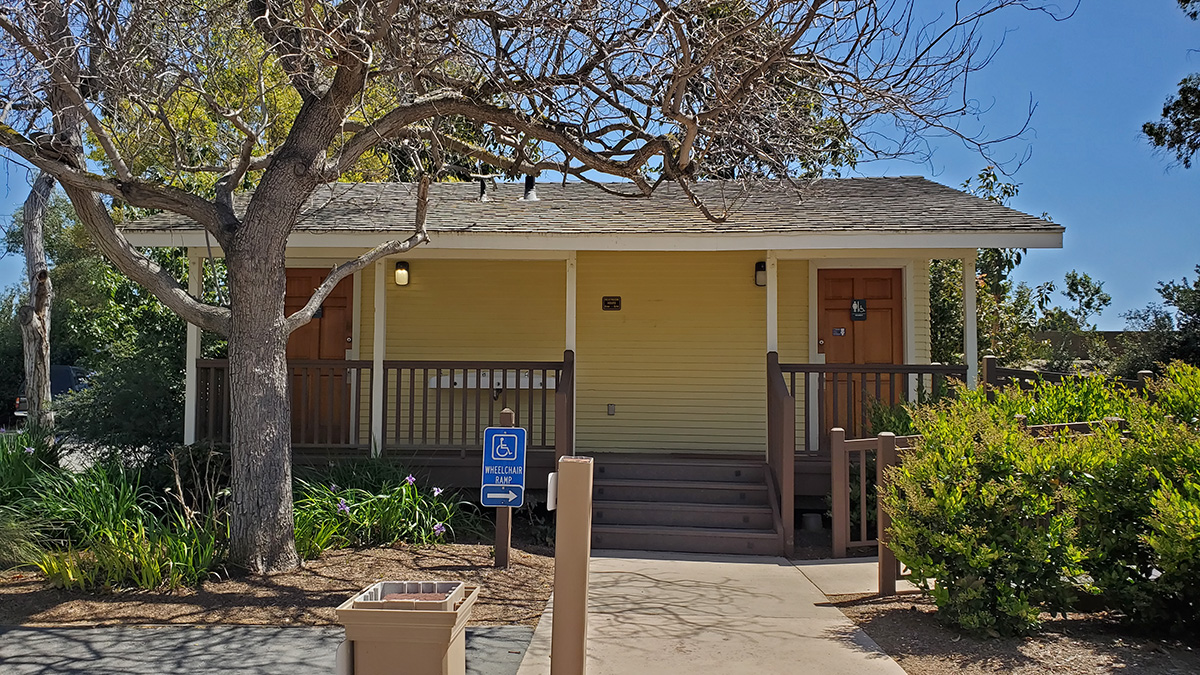
Baños estan al lado del estacionamiento.
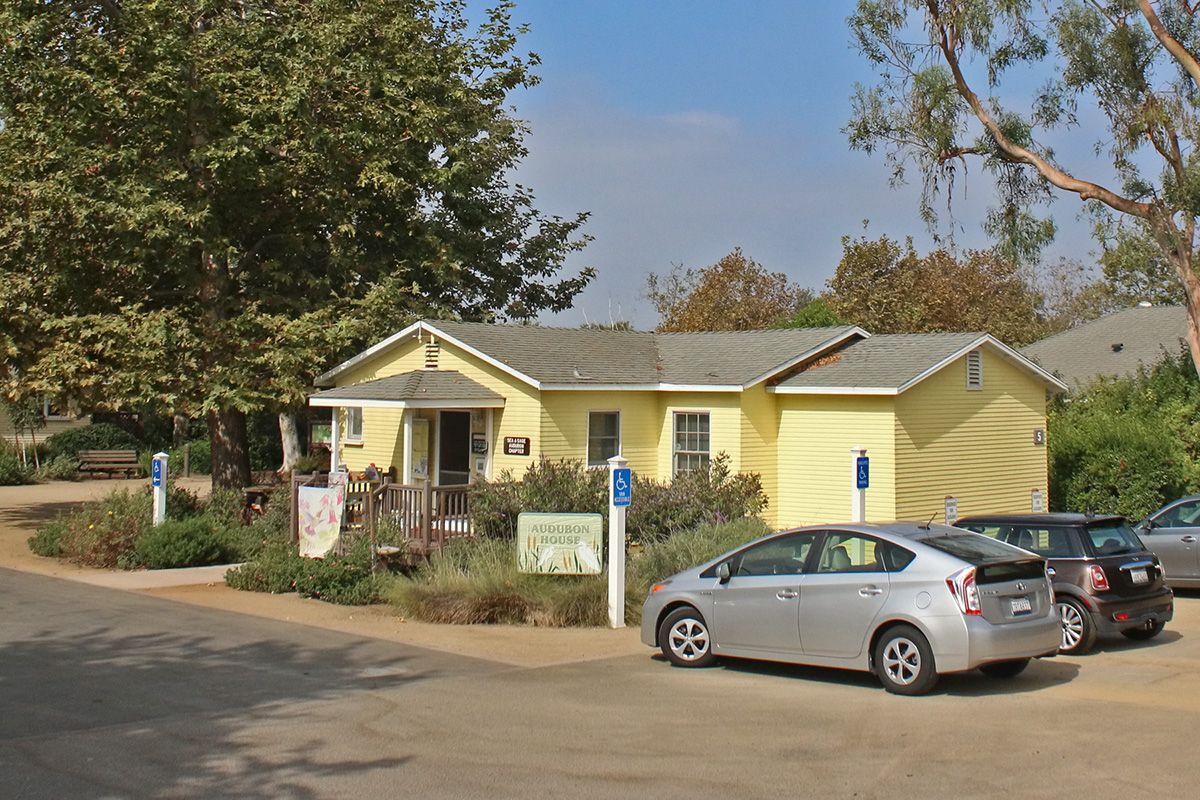
Visite el centro natural Audubon House.
- Abierto de 8 am a 4 pm todos los días.
- Lo sentimos, es posible que nuestros voluntarios no hablen español.
- Puede observar un programa corto sobre las plantas y los animales.
- Muestras de taxidermia de aves para ver.
- Tenemos variedad de libros de naturaleza y regalos para comprar.
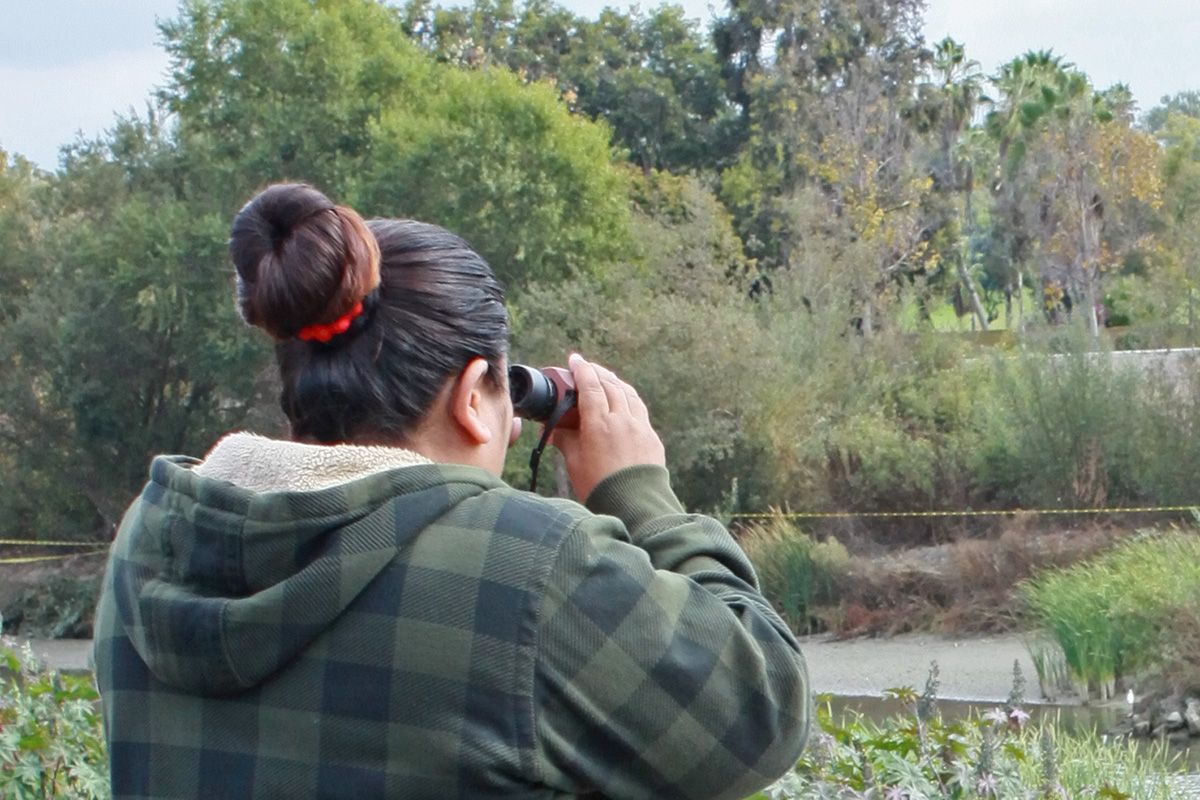
Puede solicitar en préstamo binoculares gratis de Audubon House para usarlos en su caminata.
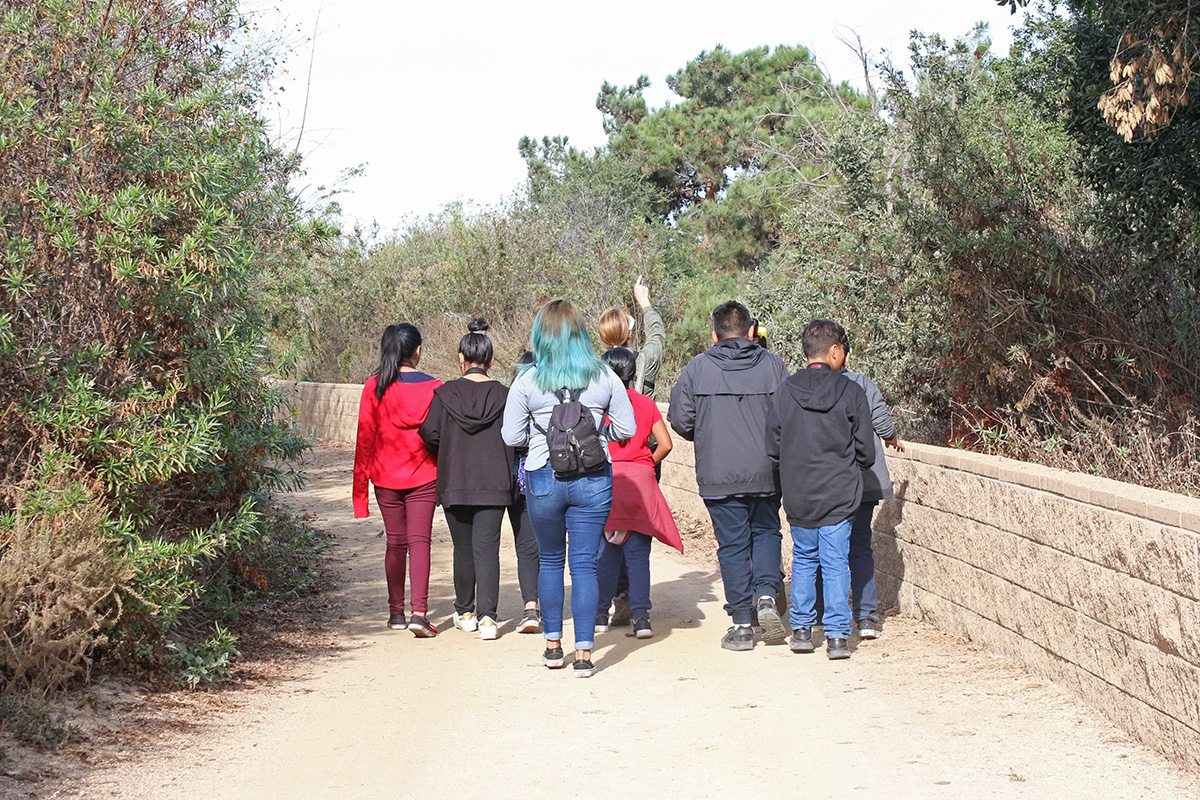
De un paseo con toda la familia.
Los senderos son accesibles para todos, incluyendo paseantes y sillas de ruedas.
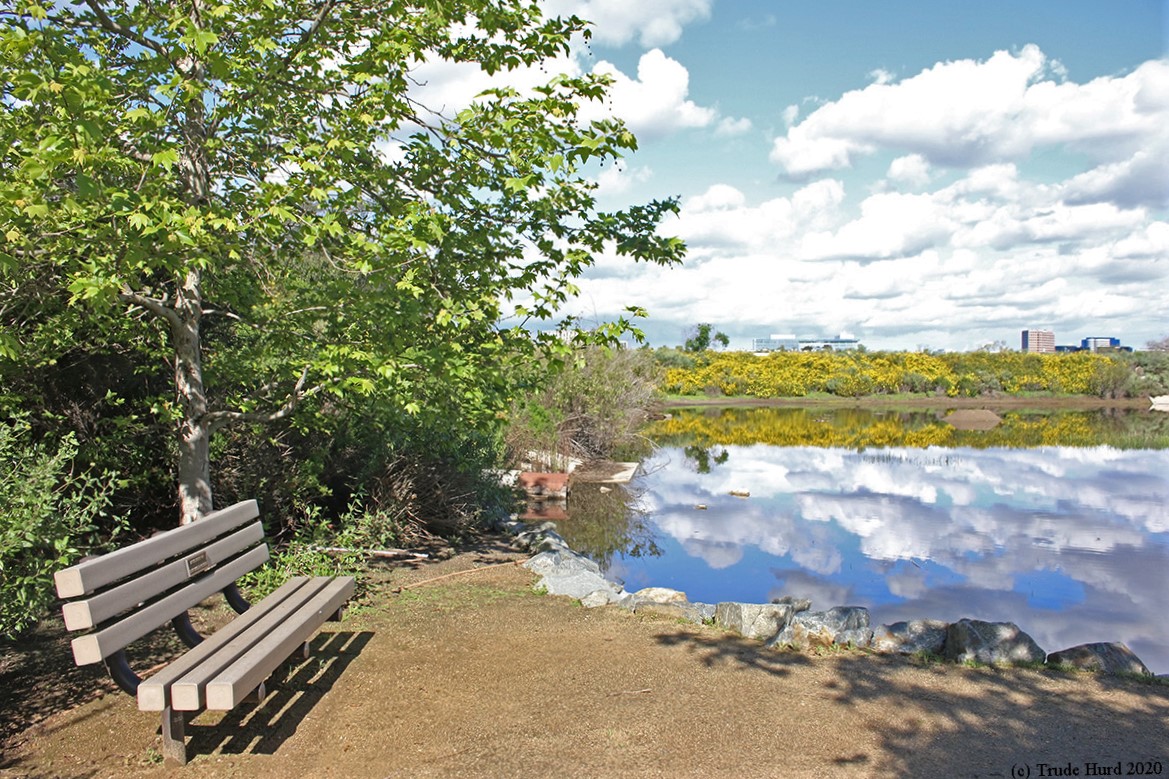
Disfrute el paisaje desde los bancos junto a los estanques.
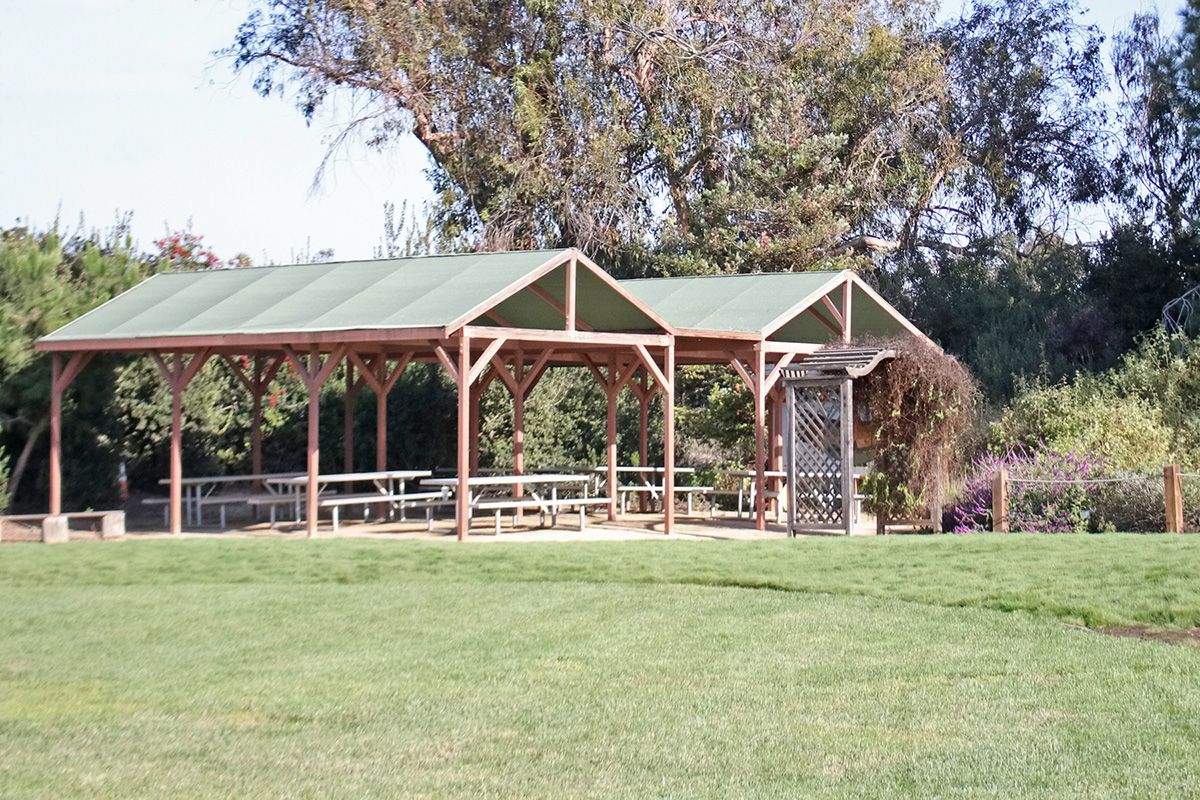
Relájese en la sombra bajo la área de descanso protegida.
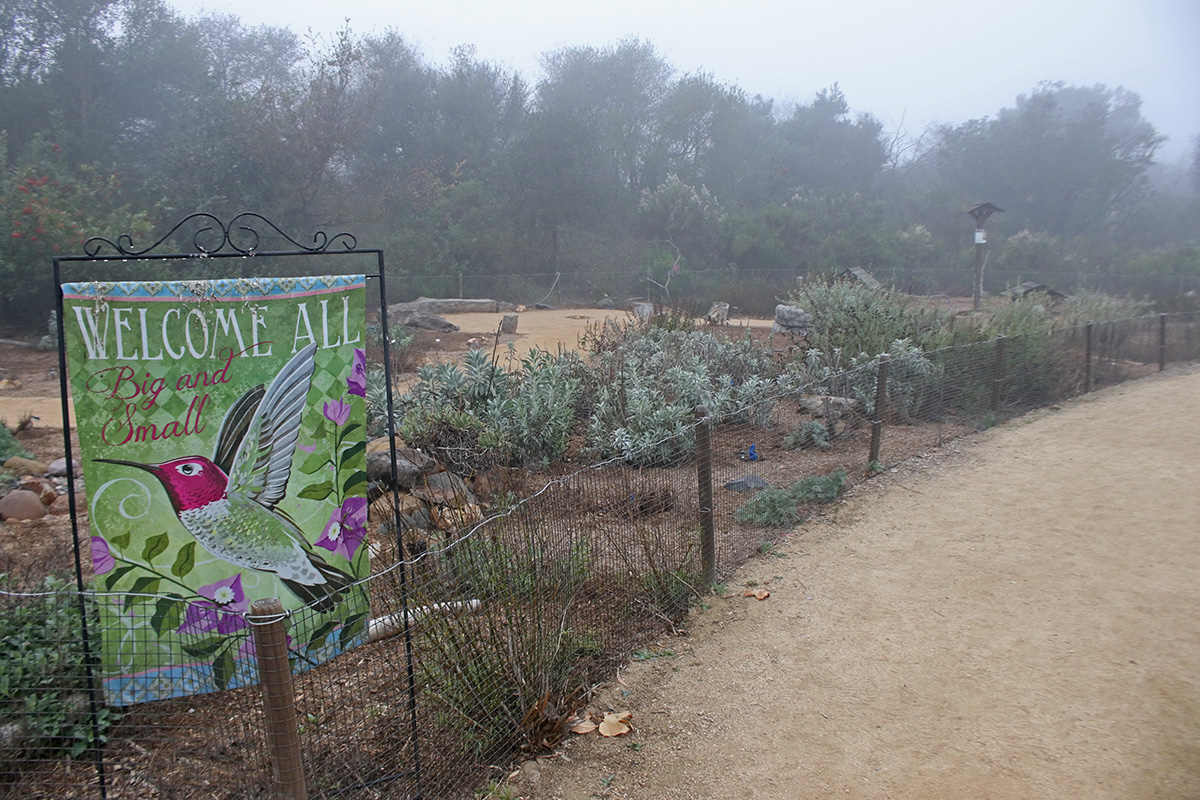
Visita el Jardín de los Polinizadores.
Ecuentre plantas que atraen colibríes e insectos.
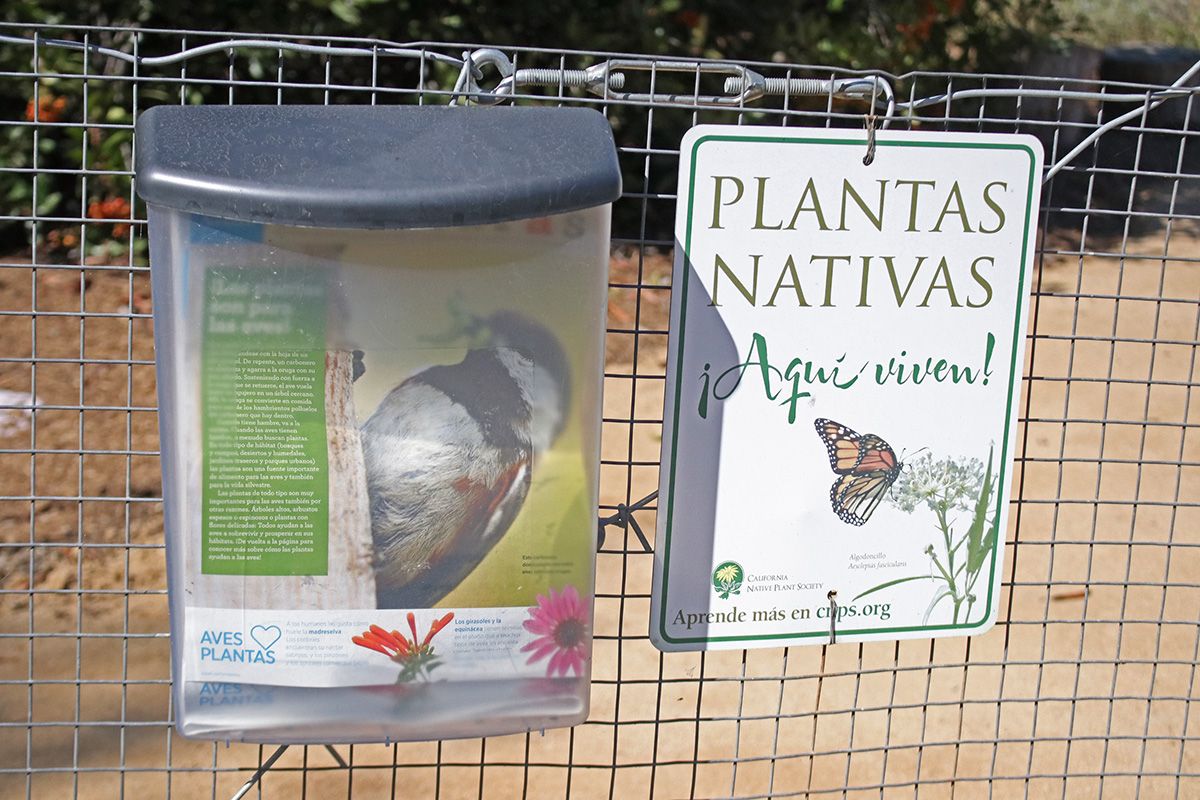
Aprende mas sobre la naturaleza con los folletos educativos gratis.
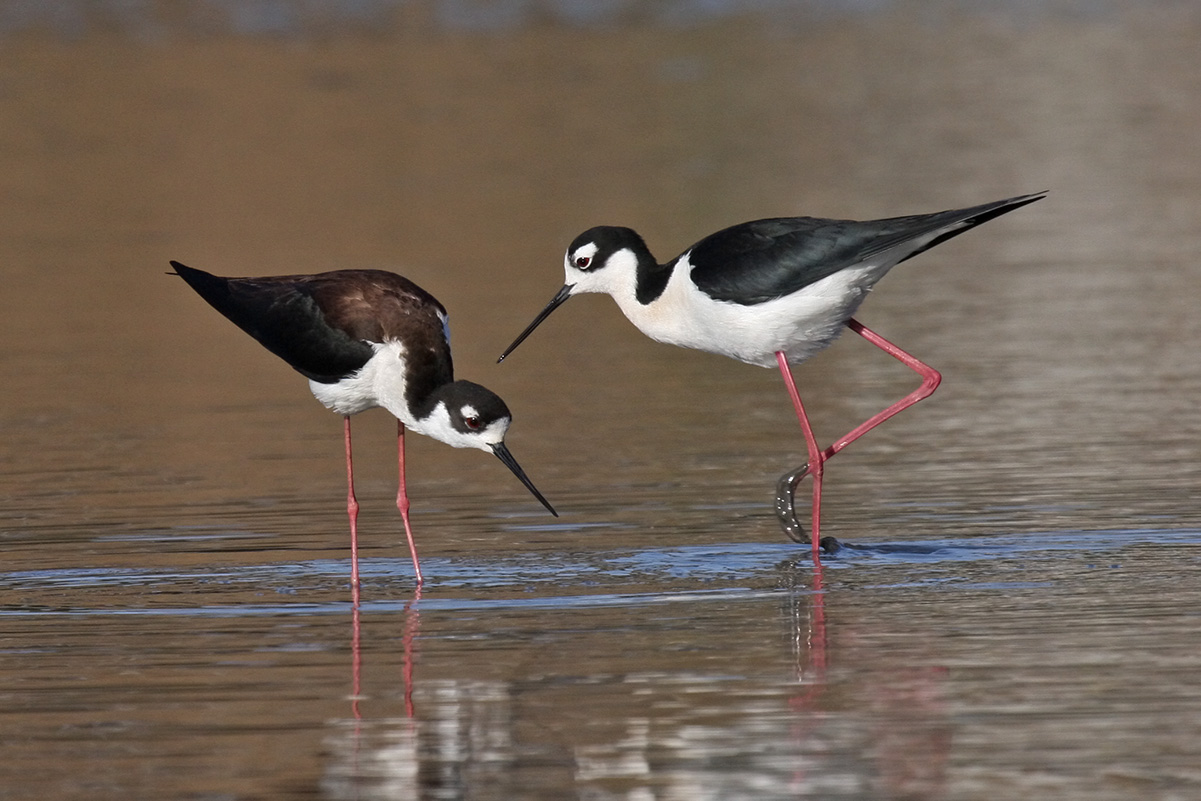
¡Observe gran variedad de aves!
Más de 330 especies diferentes. En cada temporada puede observar diversas aves y su comportamiento.
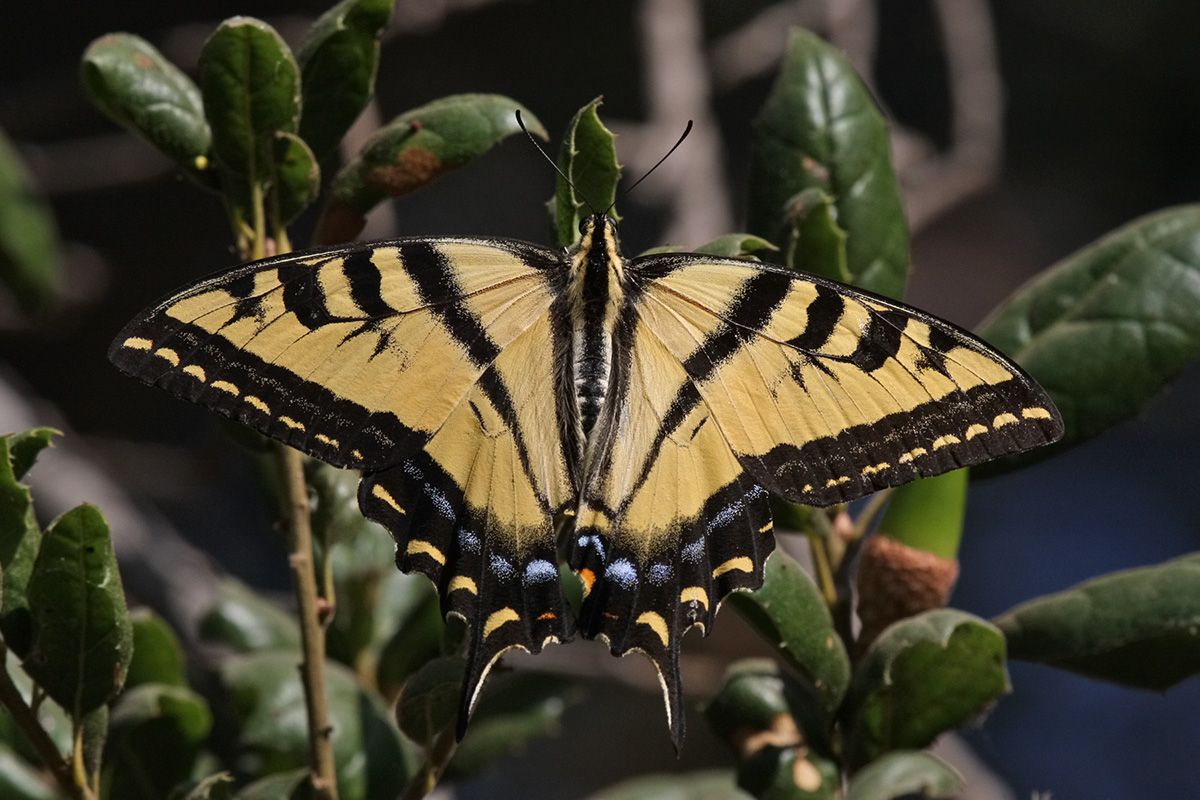
¡Disfrute de diversos Animales!
En dias cálidos, es posible ver mariposas, lagartijas, y conejos de cola de algodón.
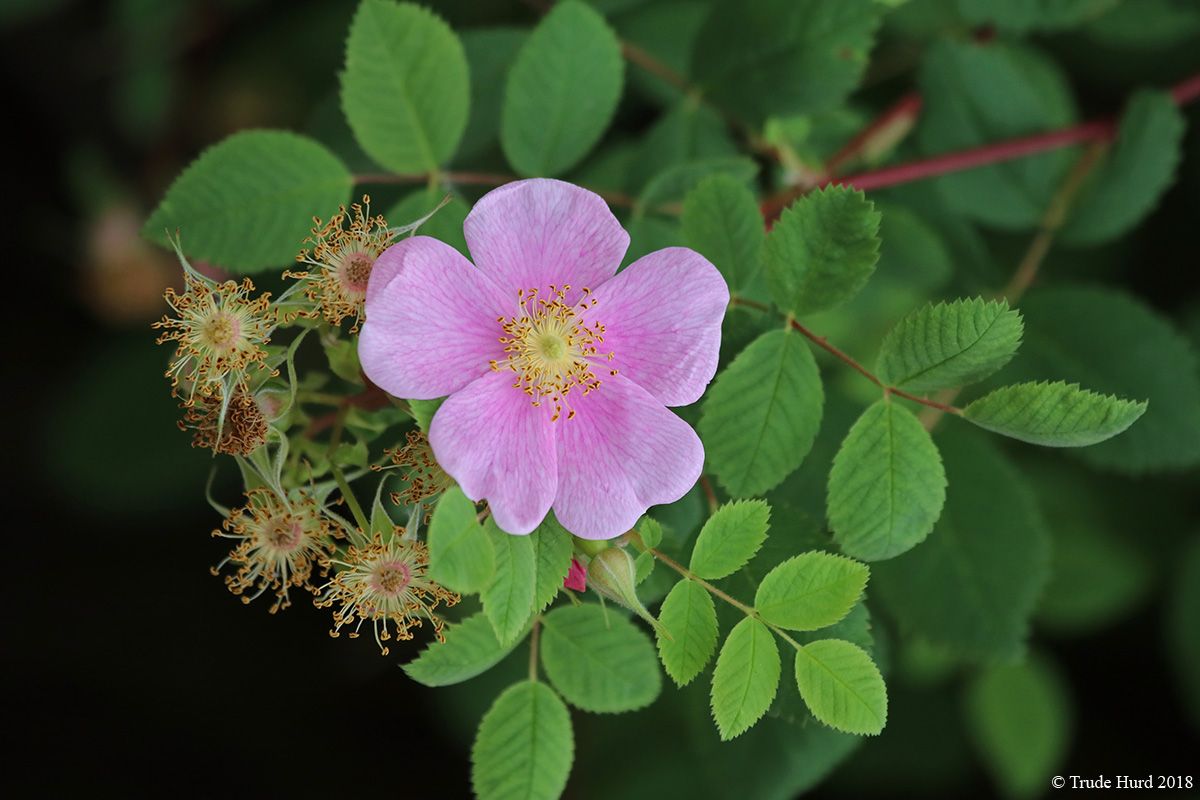
¡Vea Plantas Nativas de California!
Todo el año puede encontrar flores para admirar.
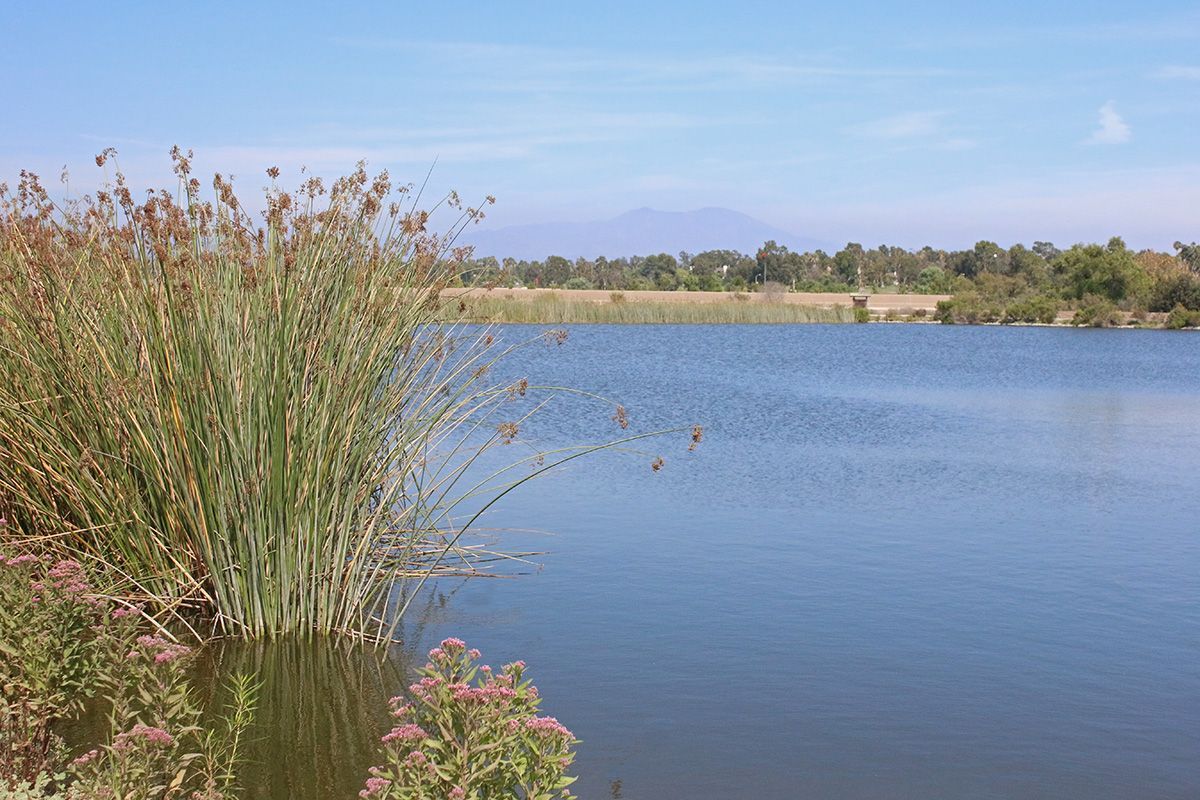
Reglas.
Este es un santuario de vida silvestre privado y no un parque de la ciudad. Para evitar que interfieran con la vida silvestre, no se permite lo siguiente:
- No perros o otras mascotas
- No bicicletas
- No pescar
- No alimentar a los animales
- No se debe reproducir música
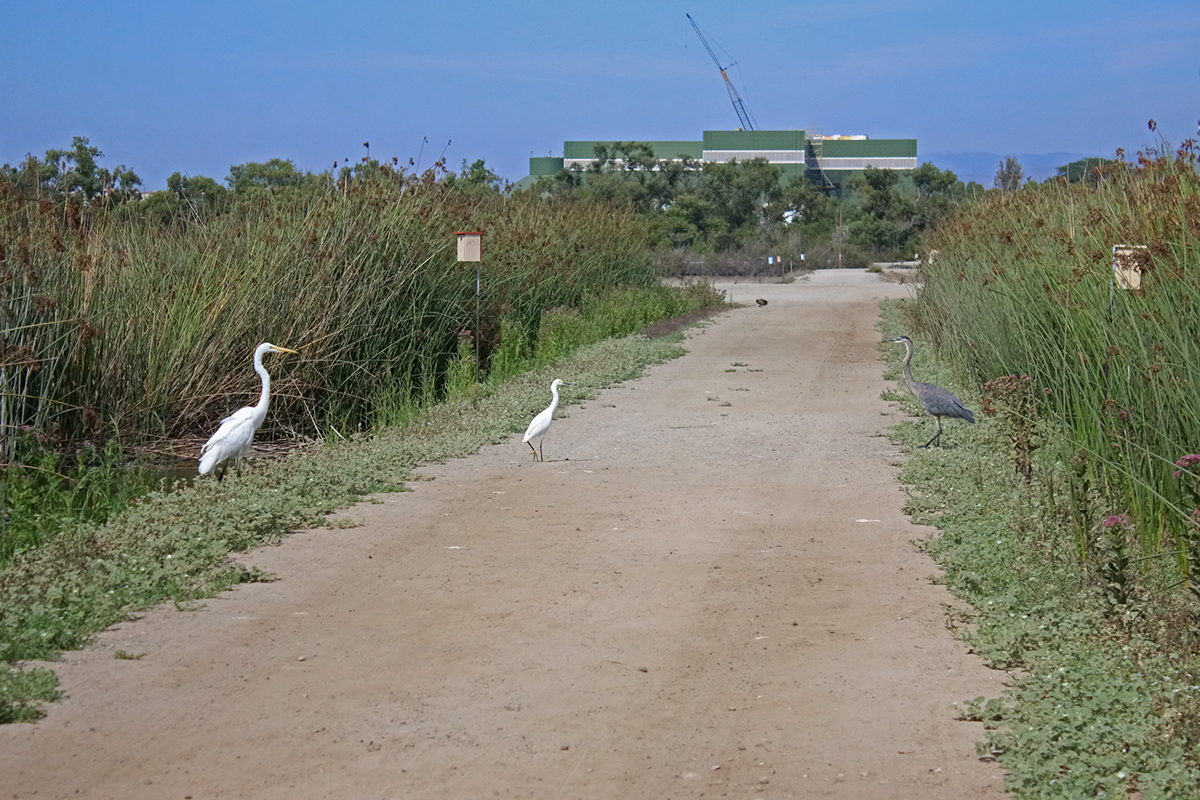
Permanecer en los senderos.
Es importante utilizar únicamente los senderos, no debe acercarse al agua.
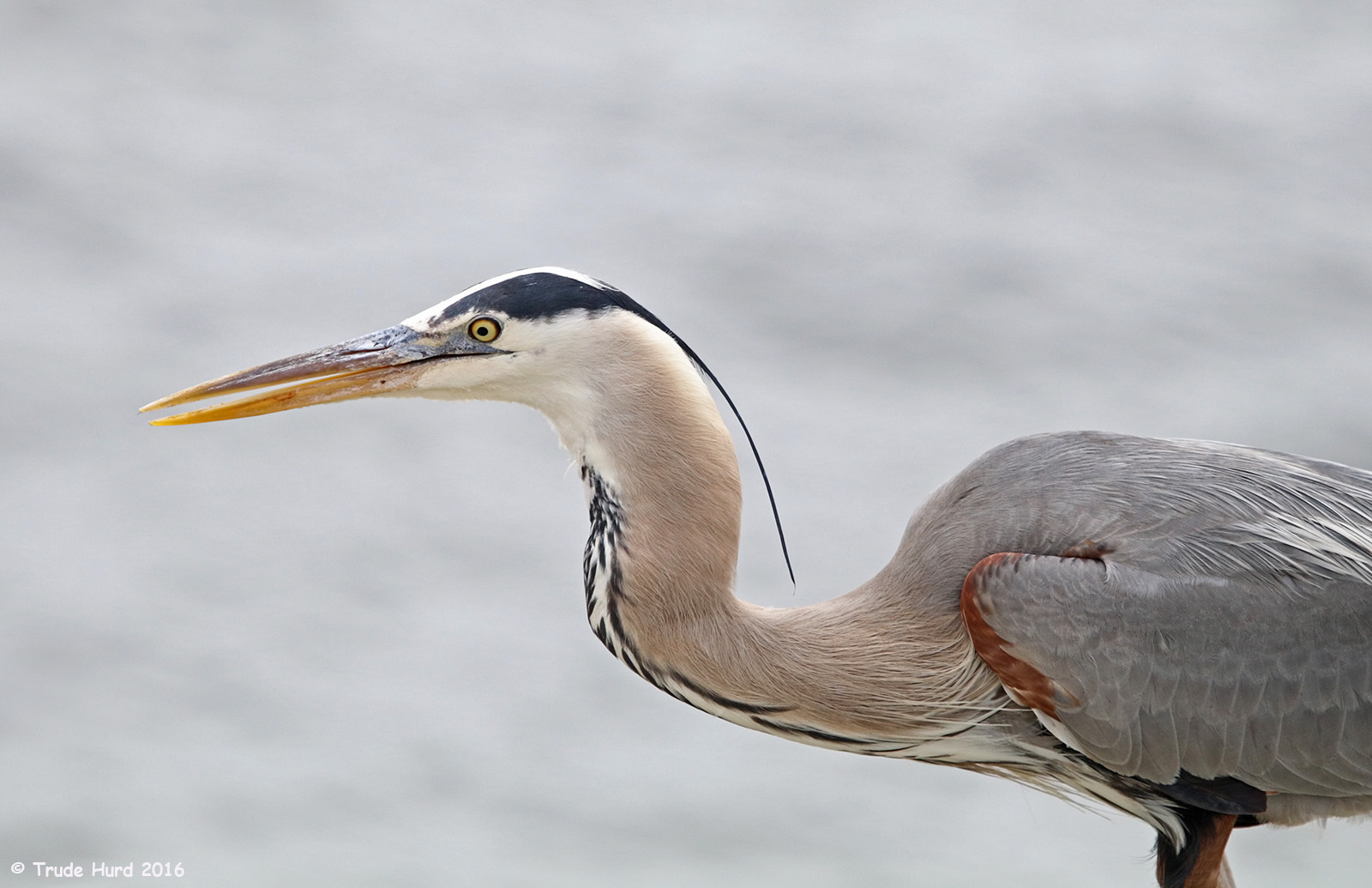
Fotoguía de Aves:
- Haga clic aquí “Aves del Barrio (en español)”
- “Aves Comunes del Santuario de Vida Silvestre San Joaquín (en español):
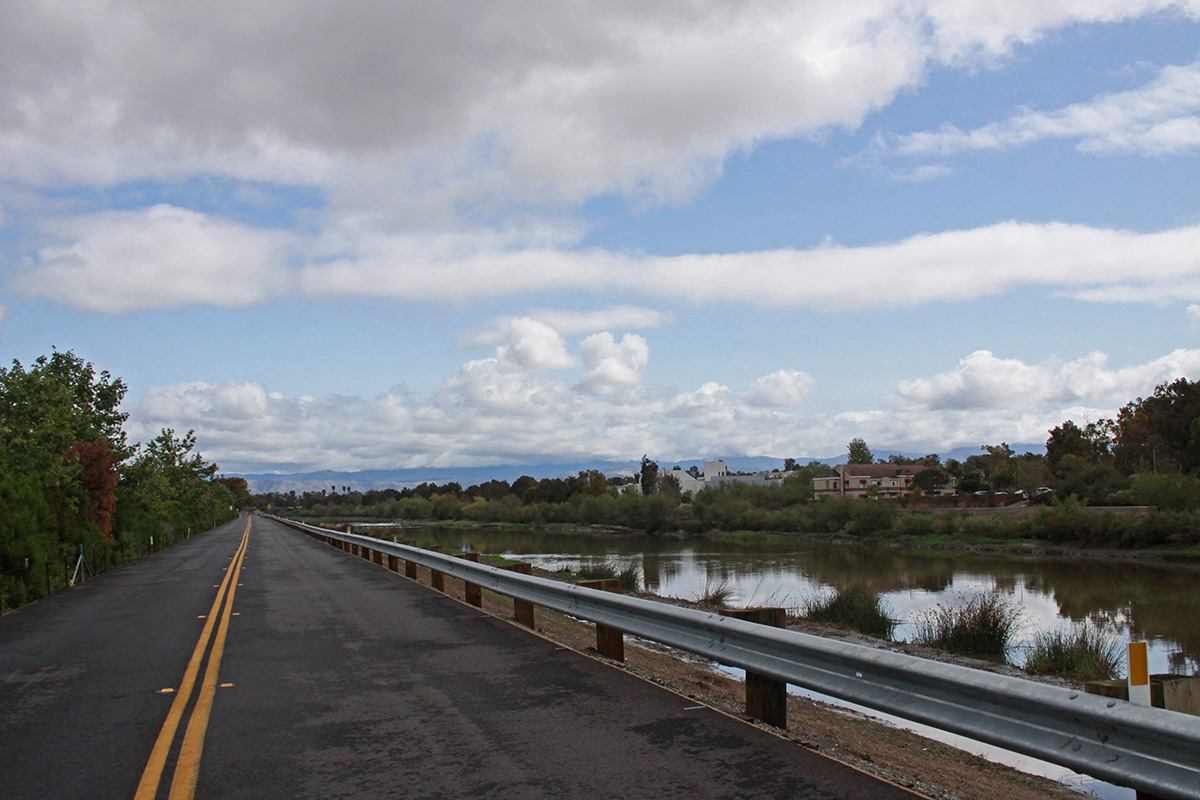
Direcciones.
El Santuario de Vida Silvestre de San Joaquín está ubicado en 5 Riparian View cerca de Campus y University en Irvine. Conduzca lentamente (límite de velocidad 20 mph) junto al arroyo. En la señal de alto, gire a la izquierda y conduzca hacia los estacionamientos.
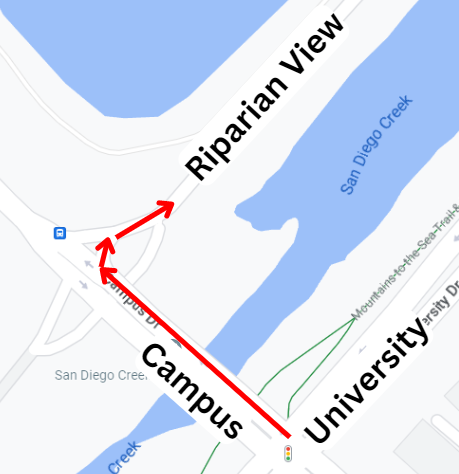
Fotografía de Trude Hurd usada con permiso. Fotografís del estacionamiento gratuito y baños y el gráfico de Direcciones por Diana Terreros usados con permiso.
Gardens for Wildlife!
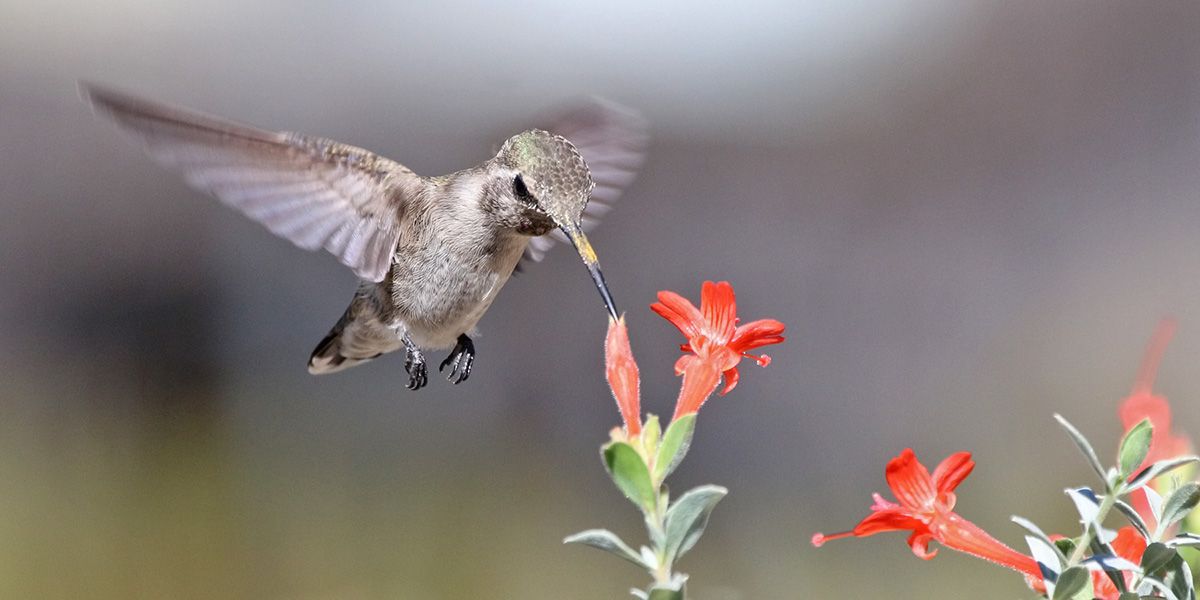
On this page, our Education Staff will share with you how to attract wildlife to your yard. We’ll begin with pollinators and conclude with birds.
Pollinators’ Garden at the San Joaquin Wildlife Sanctuary
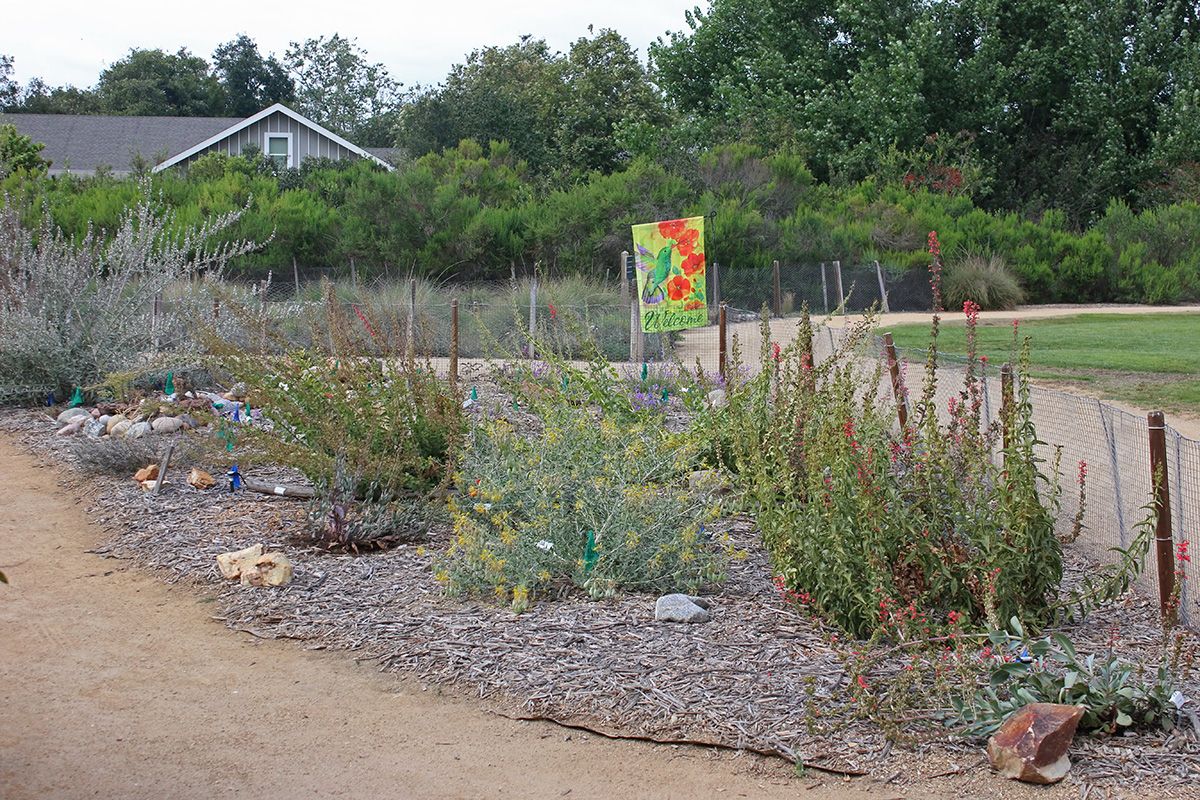
Birds and insects depend on plants and vice versa. To showcase this relationship, our Education Staff created a Pollinators’ Garden at the San Joaquin Wildlife Sanctuary in Irvine in 2016 which continues today. Walk through the 6,600 square foot garden on a meandering decomposed granite pathway to view 22 different Southern California native plant species that attract local pollinators in addition to being adapted to dry summers and can live in full sun and clay soil.
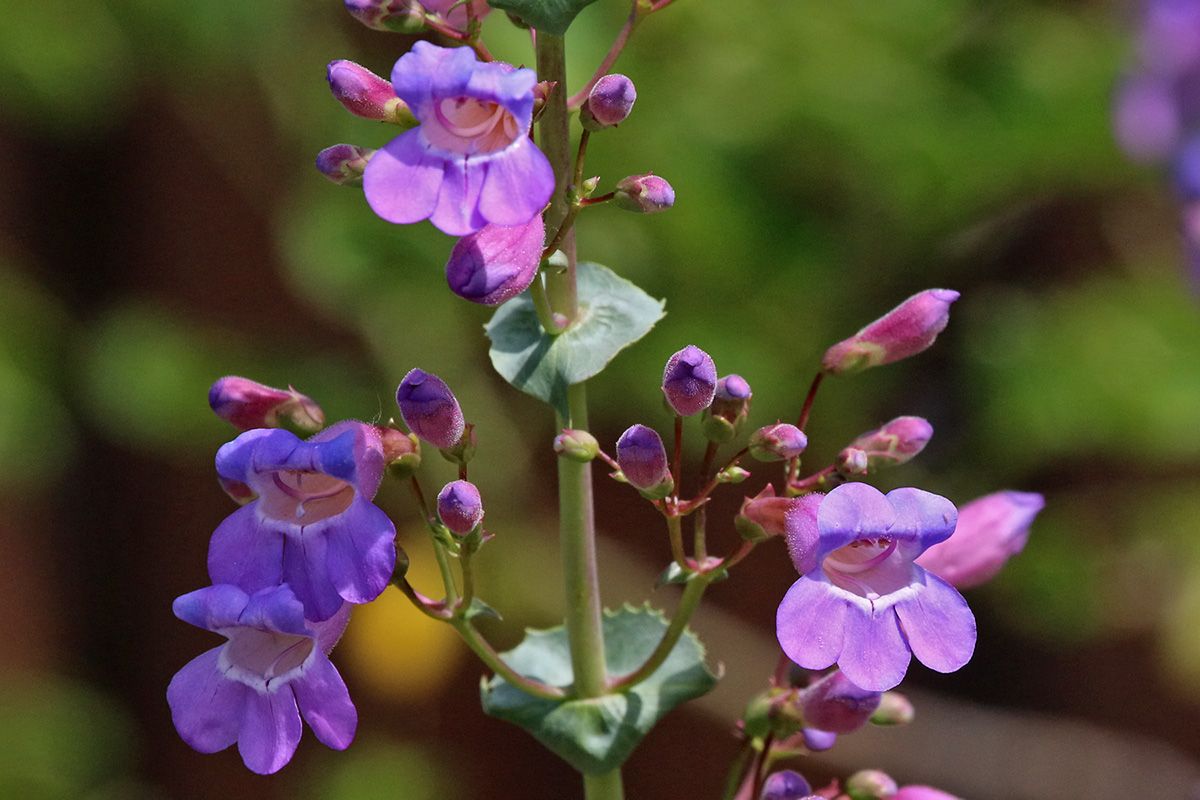
Not sure which native plants to put in your garden? Our one-page handout of recommended plants can help! It features information on each plant species such as height, width, flower color and season when it flowers.
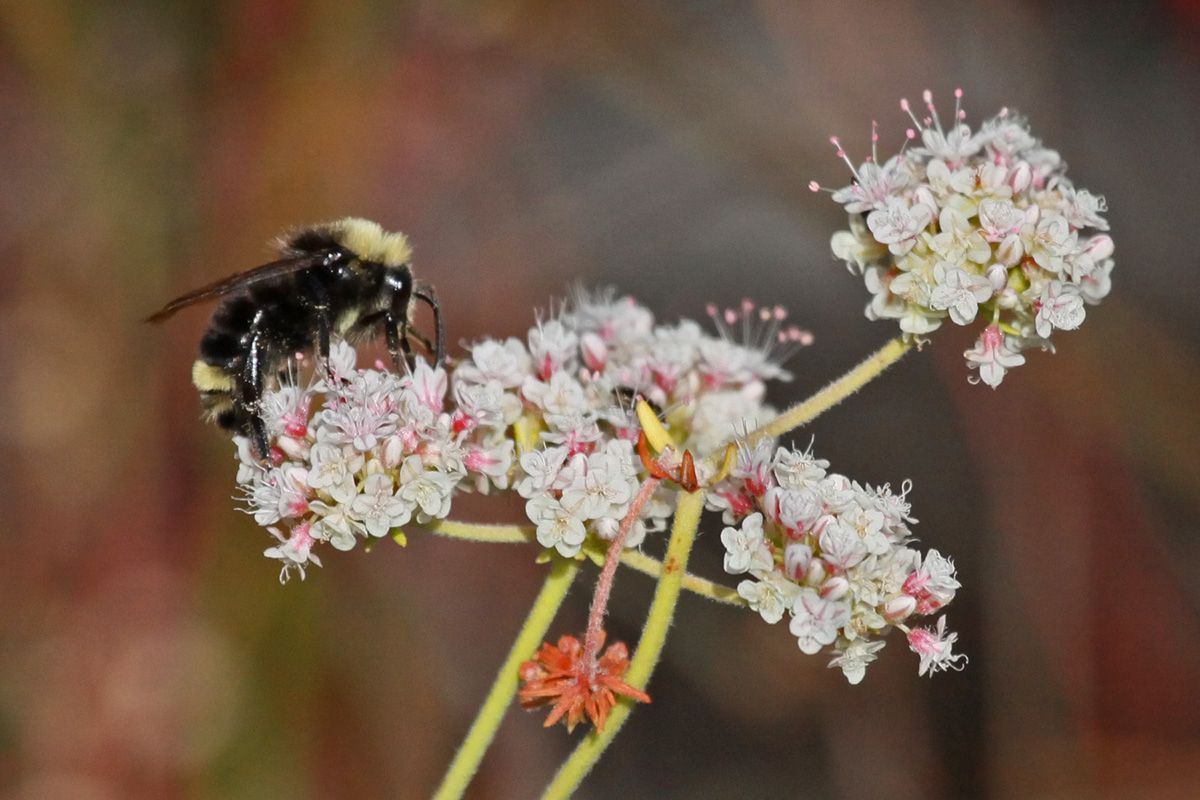
A large part of the garden features native plants that attract insect pollinators. These plants have flowers that are open and more flattened as a landing pad for insects. The flowers attract insects with sweet aromas and bright colors like yellow or purple.
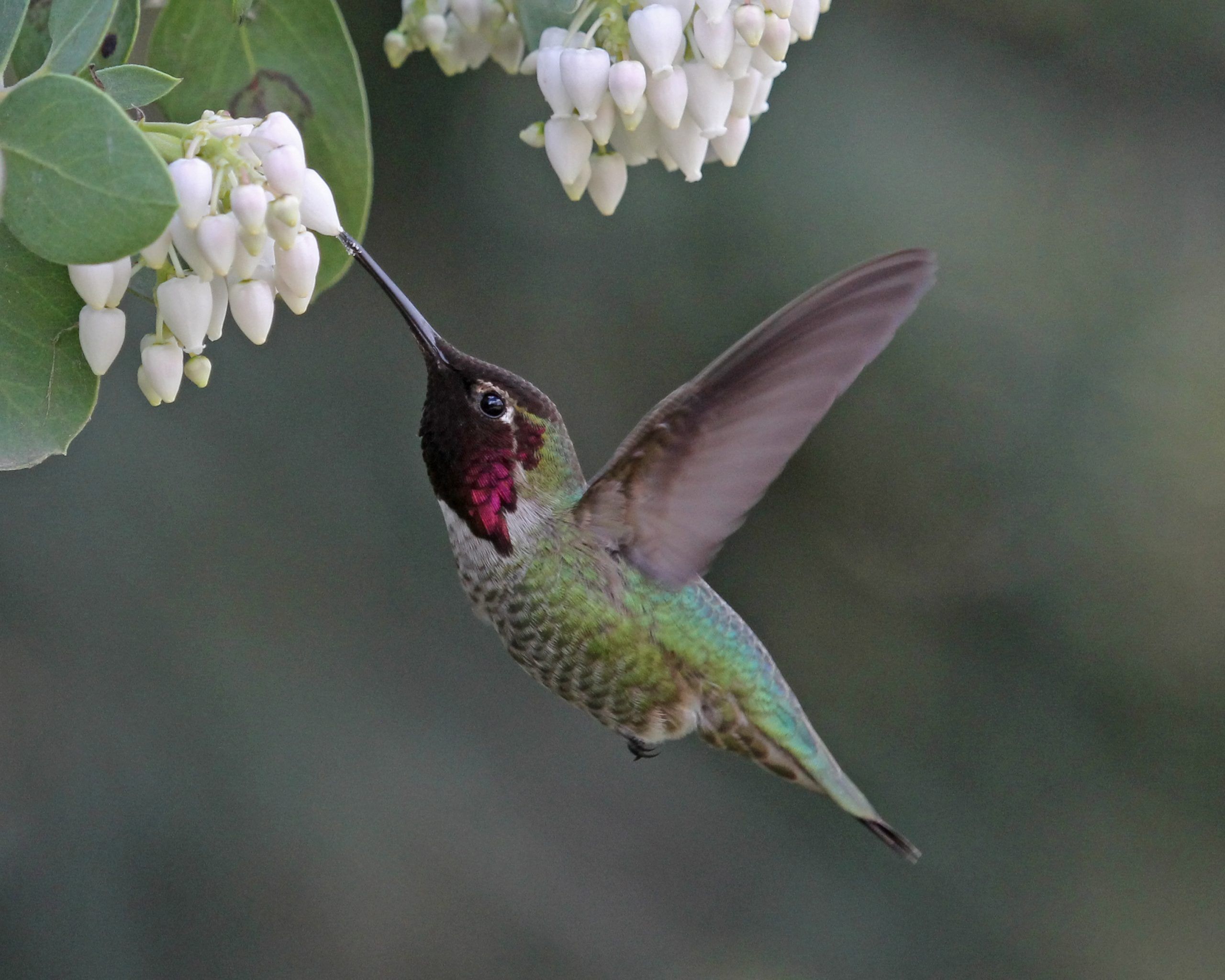
The other part of the garden features plants that attract hummingbirds. These flowers are tubular-shaped and colored red, purple or even white.
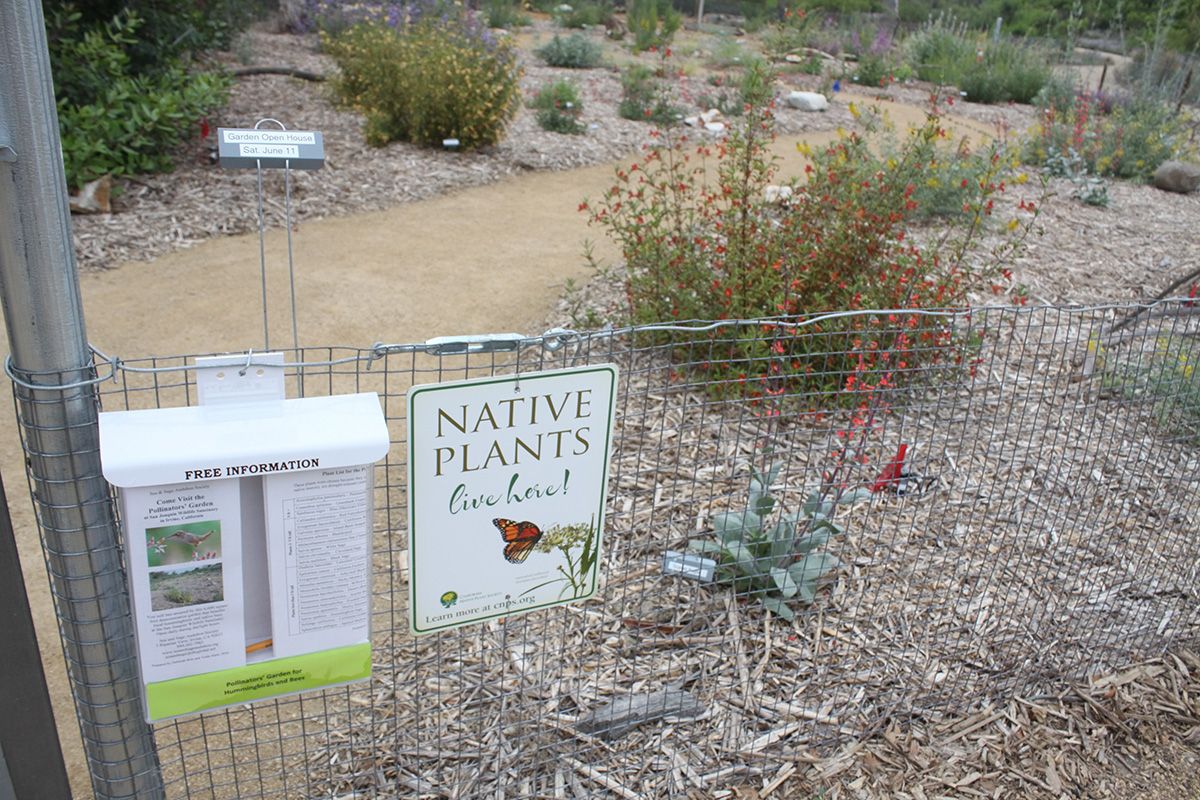
While visiting the Pollinators’ Garden, check out the literature boxes for brochures about how to create a wildlife garden plus Audubon Adventures newspapers for children. You can also use these activity cards for your enjoyment:
Pollinators’ Garden Scavenger Hunt (Coming Soon)
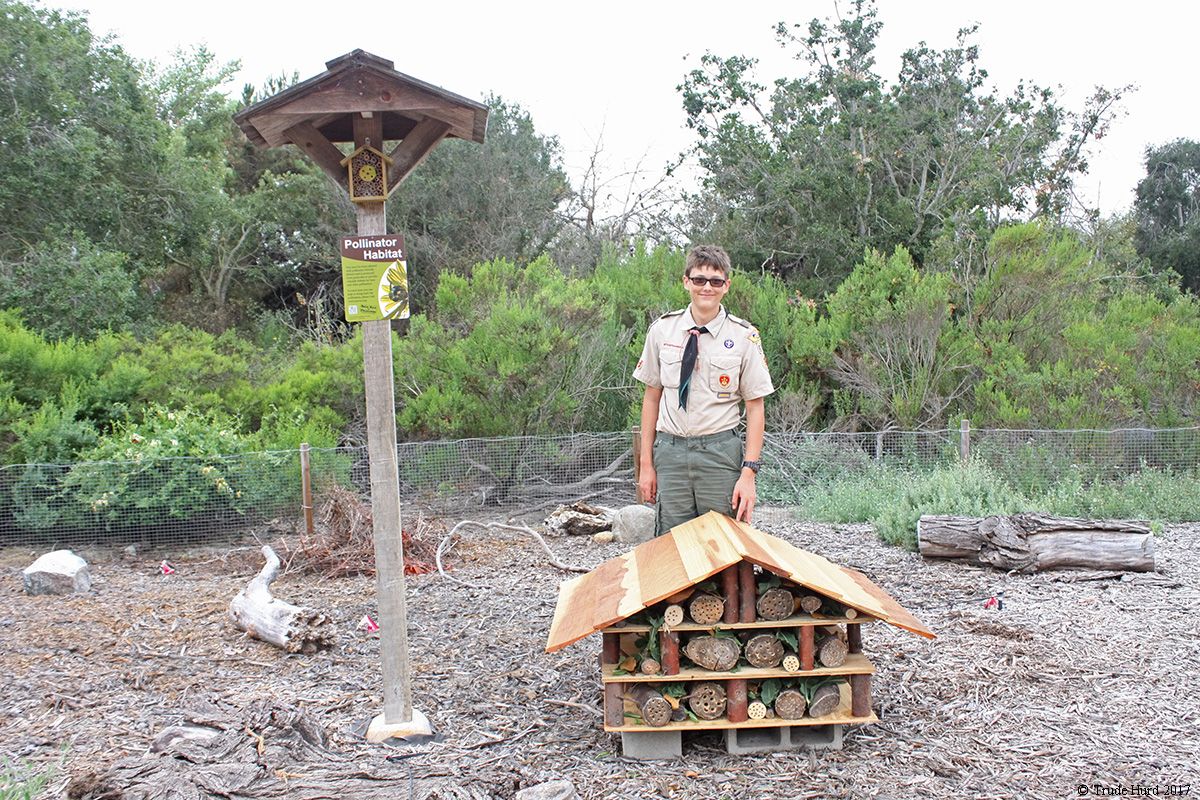
Sea and Sage Audubon gives our thanks to:
- The Irvine Ranch Water District for providing the site and on-going maintenance of the Pollinators’ Garden.
- Celso Morrison for making the rabbit-proof fence to protect growing plants.
- Eagle Scout Matthew Charles for creating the nesting structures for native bees.

Funding was generously provided by Vic & Bobbie Westling plus the Judy Gordon Generation Fund who support education about the important role of pollinators in the ecosystem and our lives.
(photograph of Vic Westling by Marquita Miller used with permission)
You Can Help Pollinators!

What are pollinators? Pollinators are hummingbirds, insects and bats that help transfer pollen from one plant to another to help create new plants. You are familiar with the non-native, colonial European Honey Bee, but did you know that California has at least 1,600 native bees? Bumble Bees, Carpenter Bees, Digger Bees, Leaf-cutter Bees, Mason Bees and more may be living near you. These native bees are solitary and build nests in the ground and in wood.

Pollinators are important to our culture because they are responsible for 1 out of every 3 bites of food we eat, drinks we swallow, fibers we wear or use, and medicines we take. But their numbers are decreasing, and they need our help.
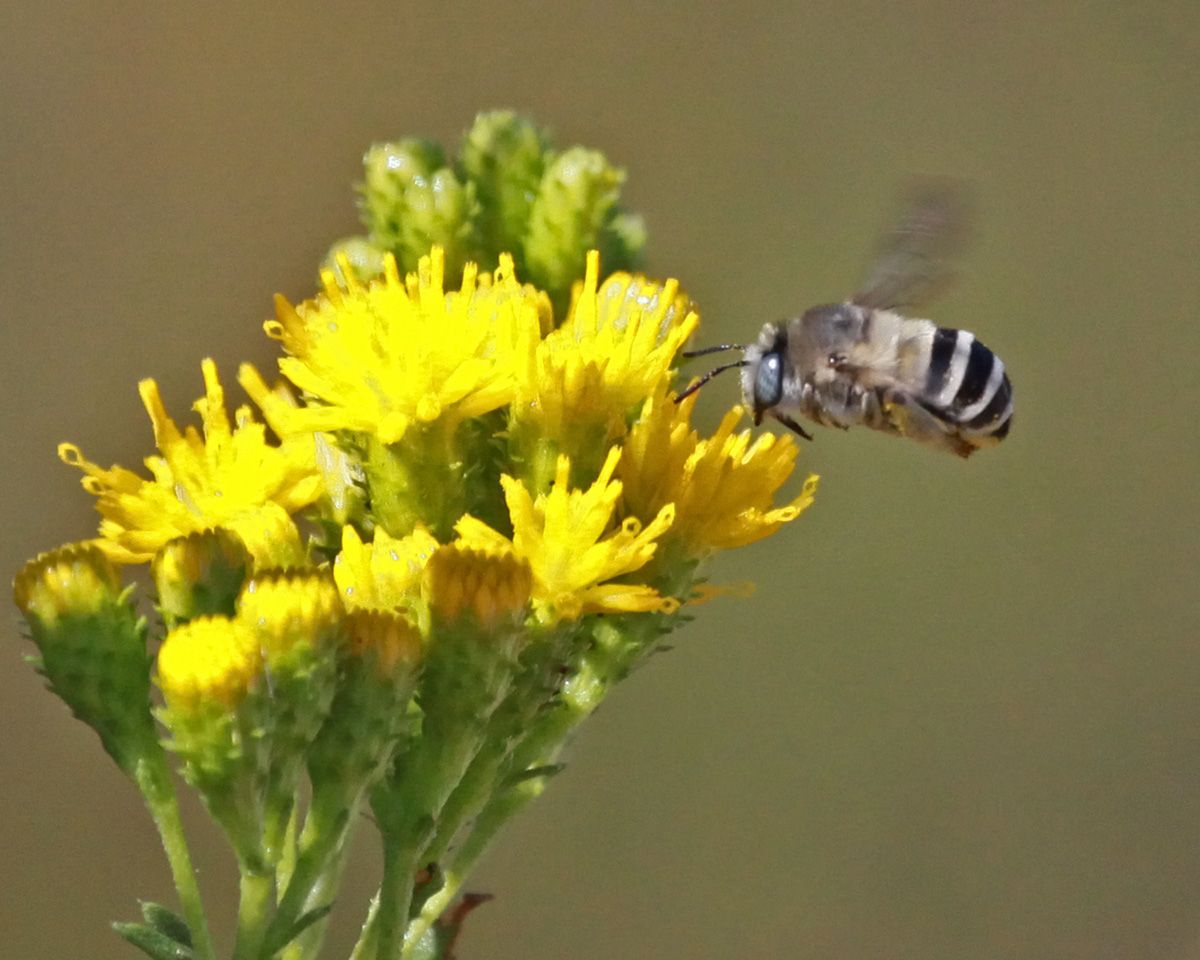
We can help stabilize and increase native bee populations in these ways:
- Plant southern California plants.
- Make it easy for bees to find flowers. Put the same plant species in clumps that are 4-foot wide.
- Plant variety of species that bloom at different times of year.
- Use sunny sites.
- Garden without pesticides.
- Leave some bare ground and leaf litter (for bees that build nests in soil or burrow into leaves).
- Provide a bee nest box with bundled hollow stems.
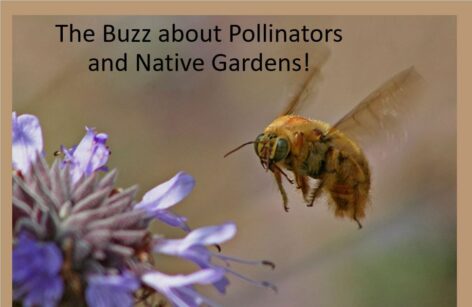
Want to learn more?
Watch our video on “The Buzz about Pollinators and Native Gardens” (Coming Soon)
Xerces Society for Invertebrate Conservation works on pollinator conservation, endangered species conservation, and reducing pesticide use and impacts.
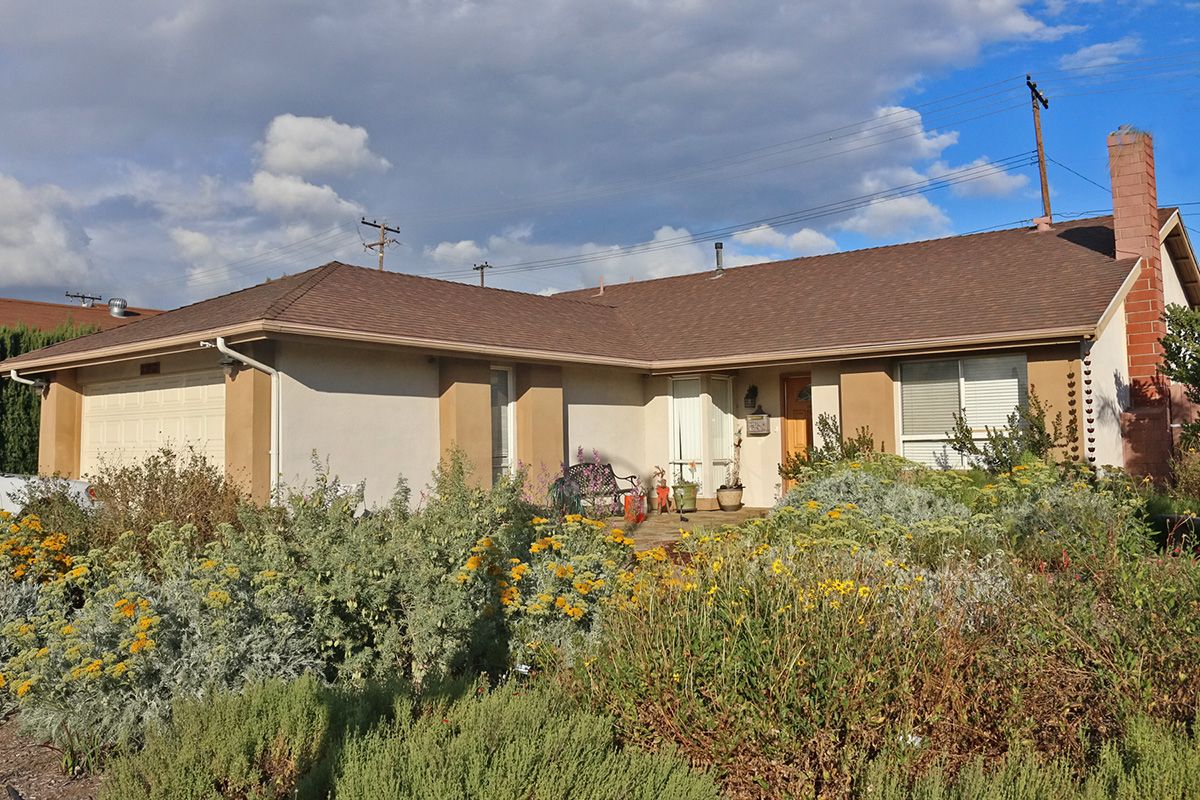
Example of a pollinators garden in an Orange County front yard.
You Can Create a Bird-Friendly Garden!
You can help birds in your yard. Simply provide what birds need to survive: a source of clean water, natural food (especially insects and seeds), protective plant cover, and freedom from harm. It’s easy to learn how to improve yard habitat and reduce threats to birds! Read our suggestions below.
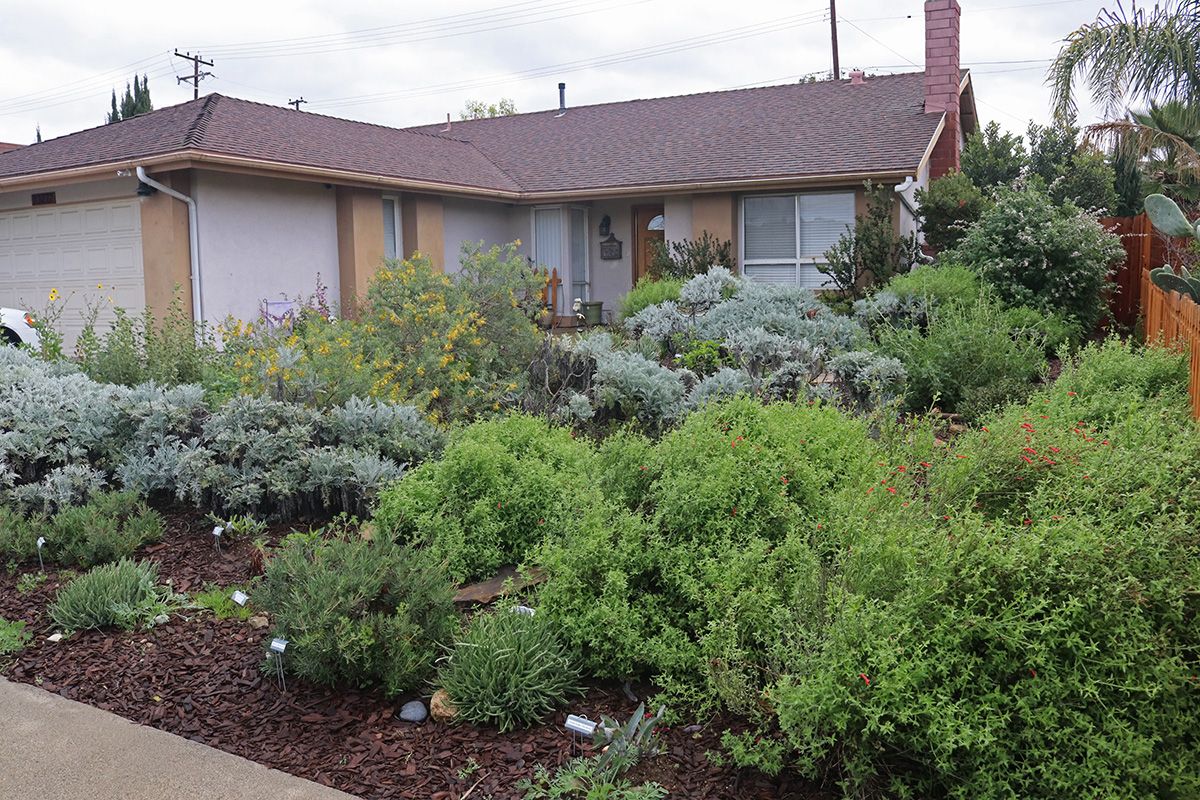
Plant southern California native plants in your garden (they’re what birds are used to).
- Get suggestions for your zip code at CalScape.org.
- Create a diversity of ground covers, shrubs, trees and wildflowers.
- We recommend bladderpod, buckwheat, elderberry, lemonade berry, mallows, manzanitas, penstemons, sages, and toyon.
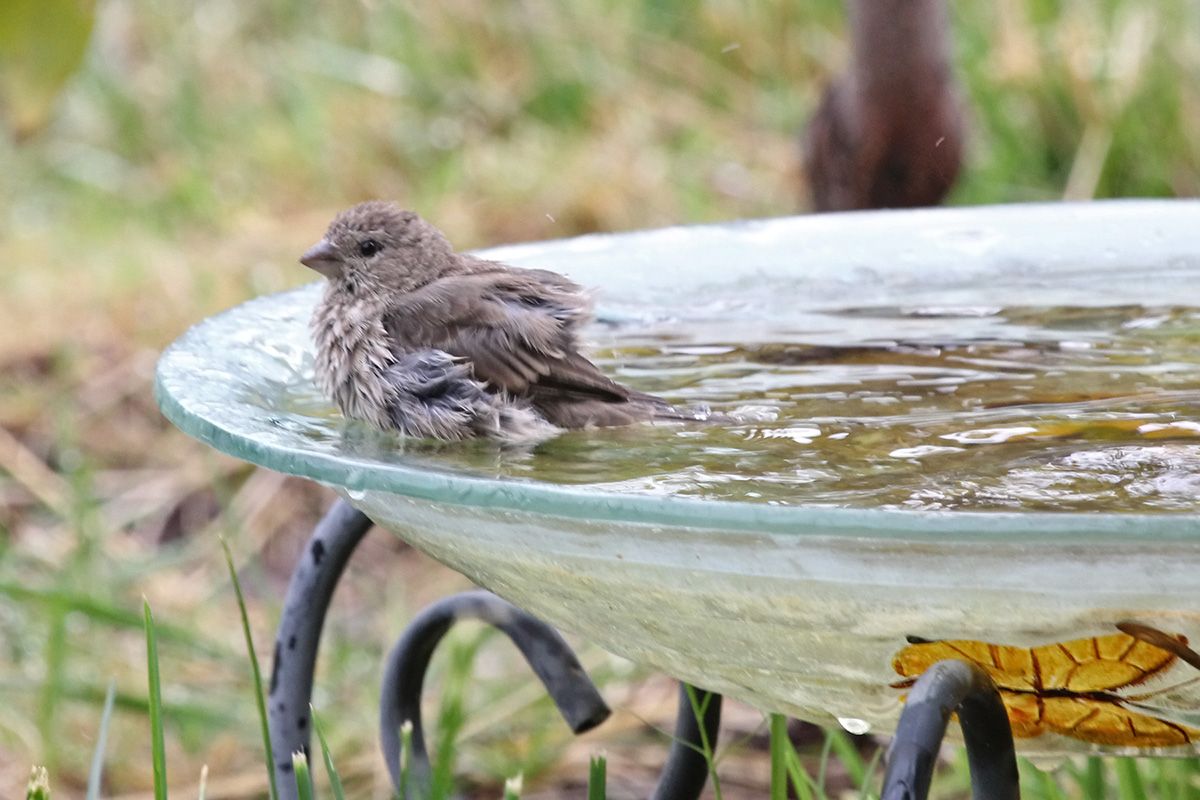
Provide food and water.
- Make water available year-round (shallow water is best). Birds are attracted to the sound of water!
- Keep feeders and water baths clean (to prevent spread of bird diseases).
- Provide safe nesting places and natural perches.
- Let birds eat bugs (those pesky caterpillars and aphids are bird-food and shouldn’t be removed).
- Leave the leaves (for ground-foraging birds).
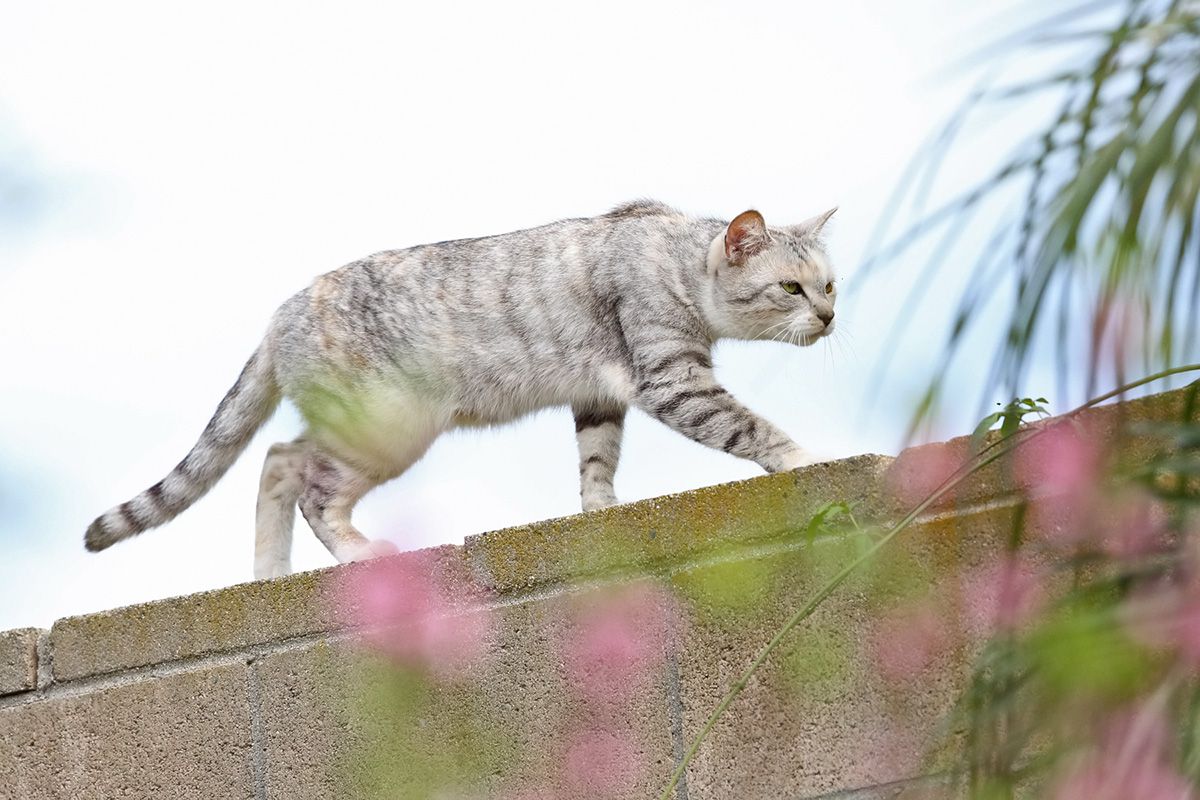
Prevent hazards to birds.
- Prevent window collisions. Make windows look like a barrier. For information, go to https://www.allaboutbirds.org/news/why-birds-hit-windows-and-how-you-can-help-prevent-it/
- Eliminate use of poisons. They kill other animals, not just the target pest.
- Keep cats indoors or build an outdoor “catio” (to protect injury to birds, fledglings, lizards, and more) (photograph by Dan Trinidad used with permission)
- Dim outdoor lights (so migrating birds are not confused). For information, go to https://www.audubon.org/lights-out-program
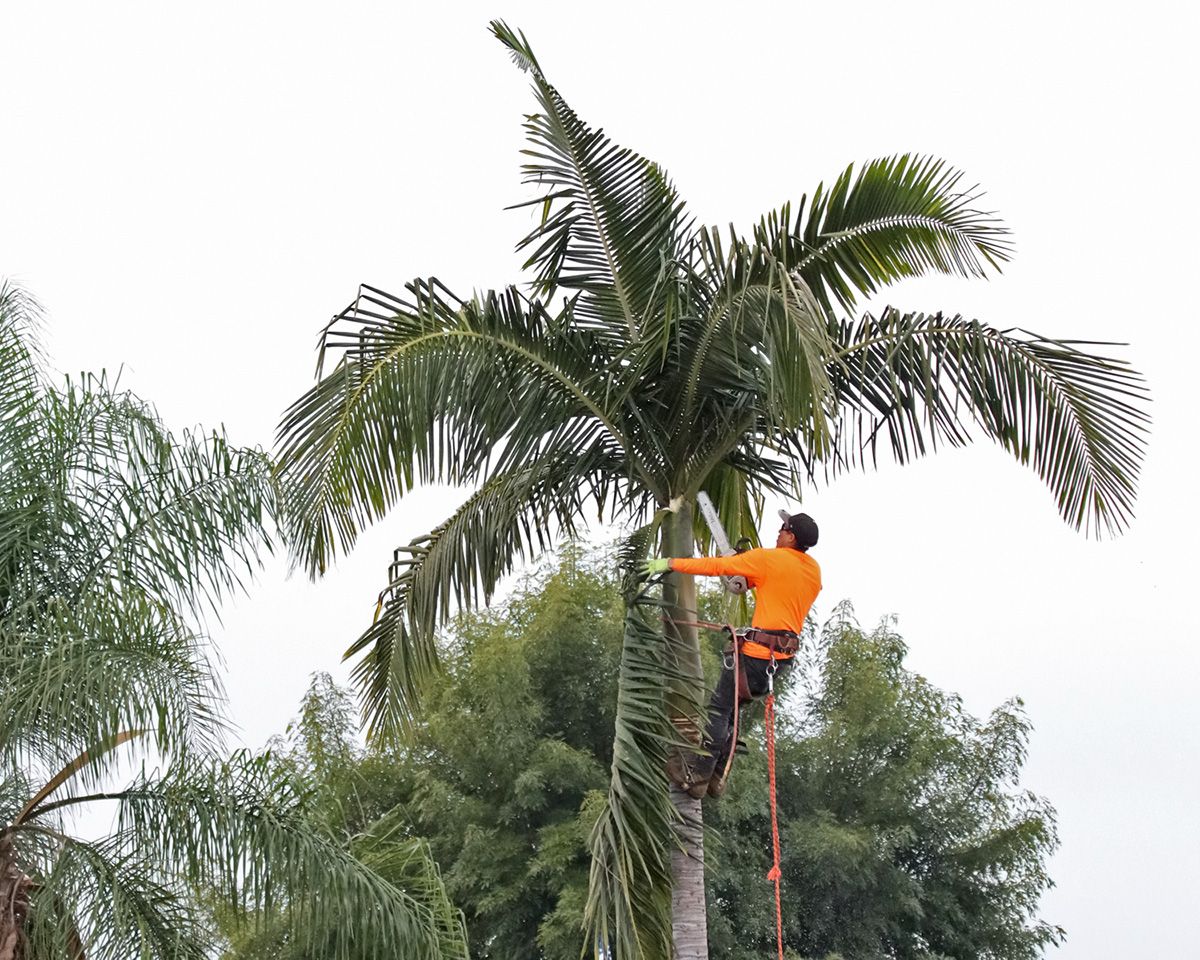
Protect nesting birds.
- Prune trees in fall and winter (so you don’t disturb hidden nesting birds).
- Let fledglings learn to fly in safety (don’t rescue unless they are truly injured).
- Important: Native birds and their nests are protected by federal law and cannot be harmed in any way. Keep your distance and do not disturb them.
Resources To Help You Create a Bird-Friendly Garden!
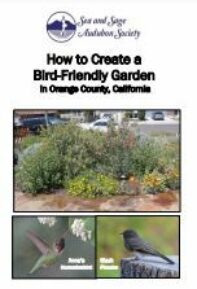
Download our trifold brochure “How to Create a Bird Friendly Garden”
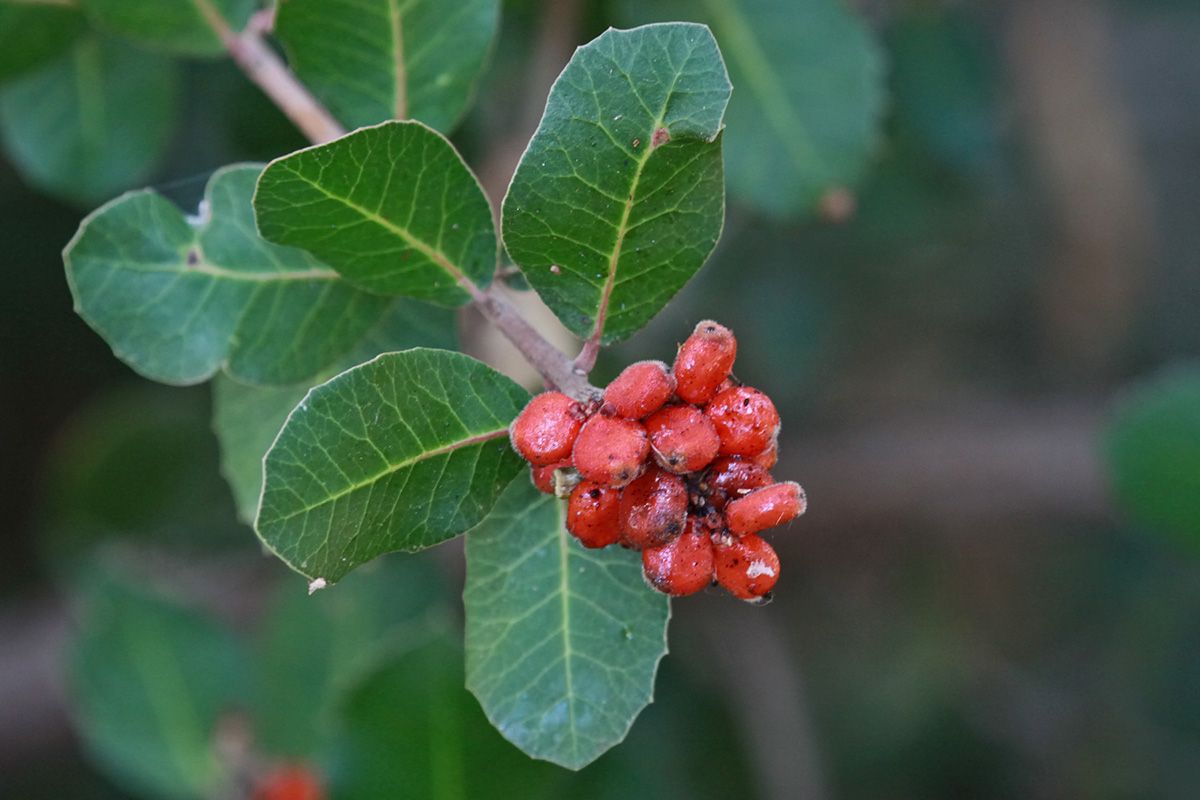
Download our one-page handout “Plant List for a Bird-Friendly Garden” here
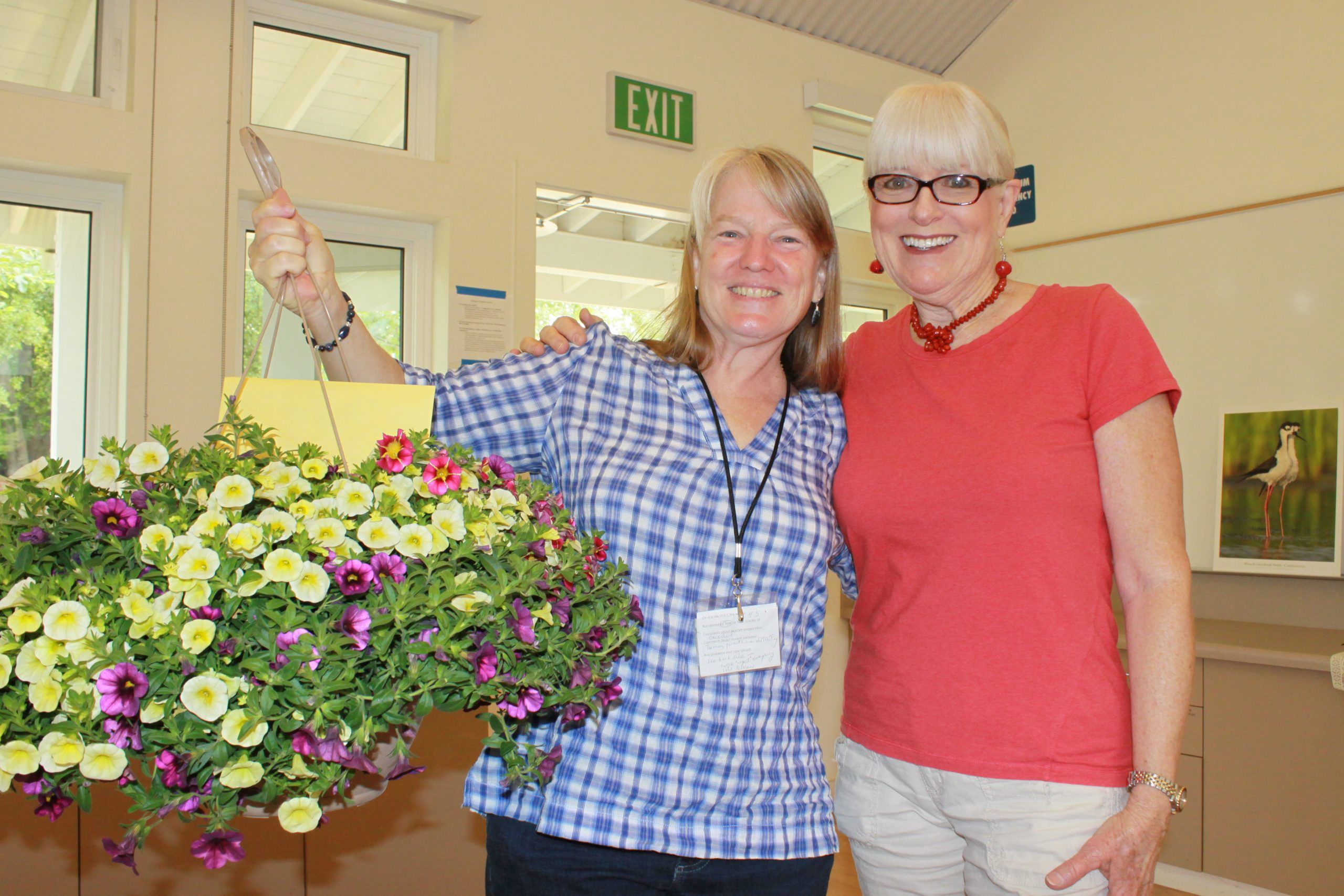
Listen to an hour-long podcast about “Creating a Bird Friendly Garden” by UC Master Gardeners featuring Trude Hurd and Carolyn Noble.
- Go to UCCE Master Gardener Radio Show website: http://mgorange.ucanr.edu/Projects/Radio_Show/
- Scroll past In The Garden Monthly collection to the Radio Show Podcasts alphabetical listing.
- Choose “Bird Friendly Garden” and enjoy listening.
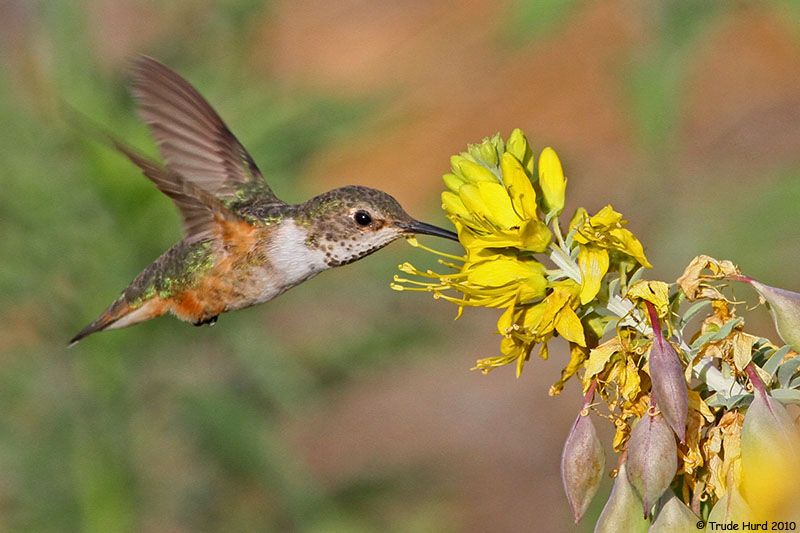
Birds!
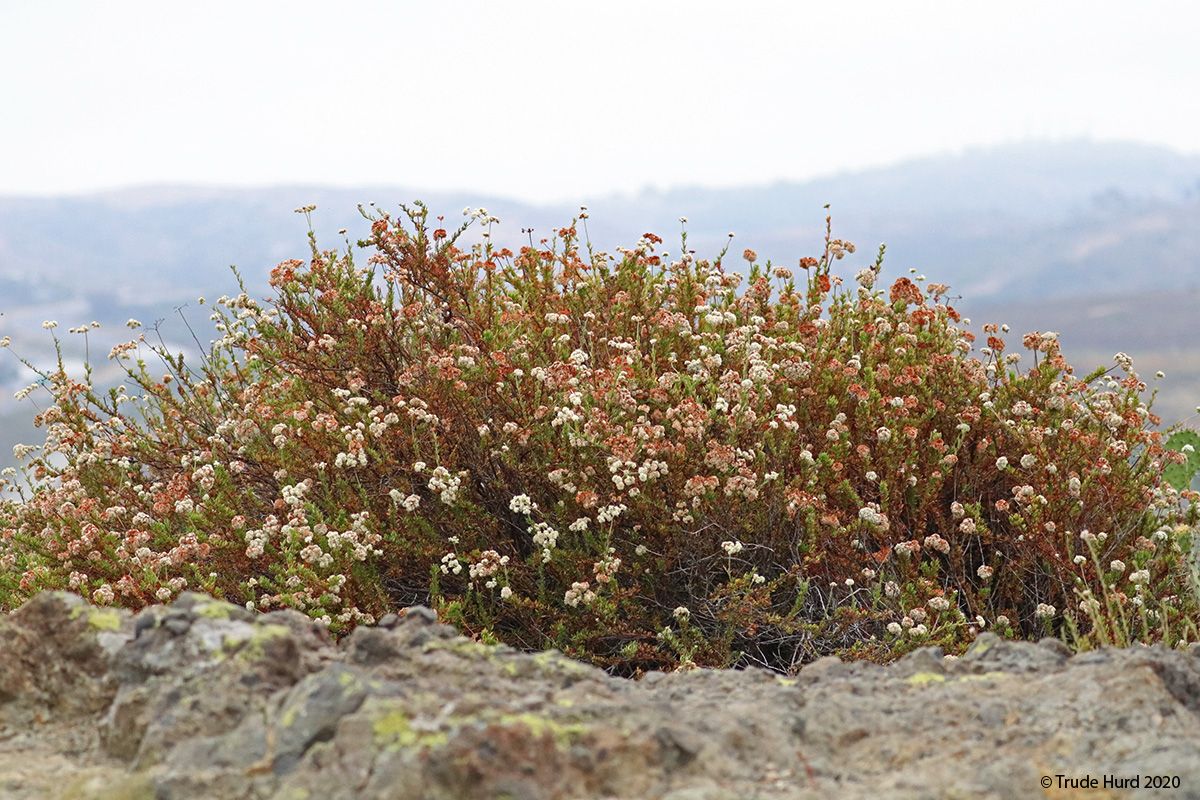
Plants!
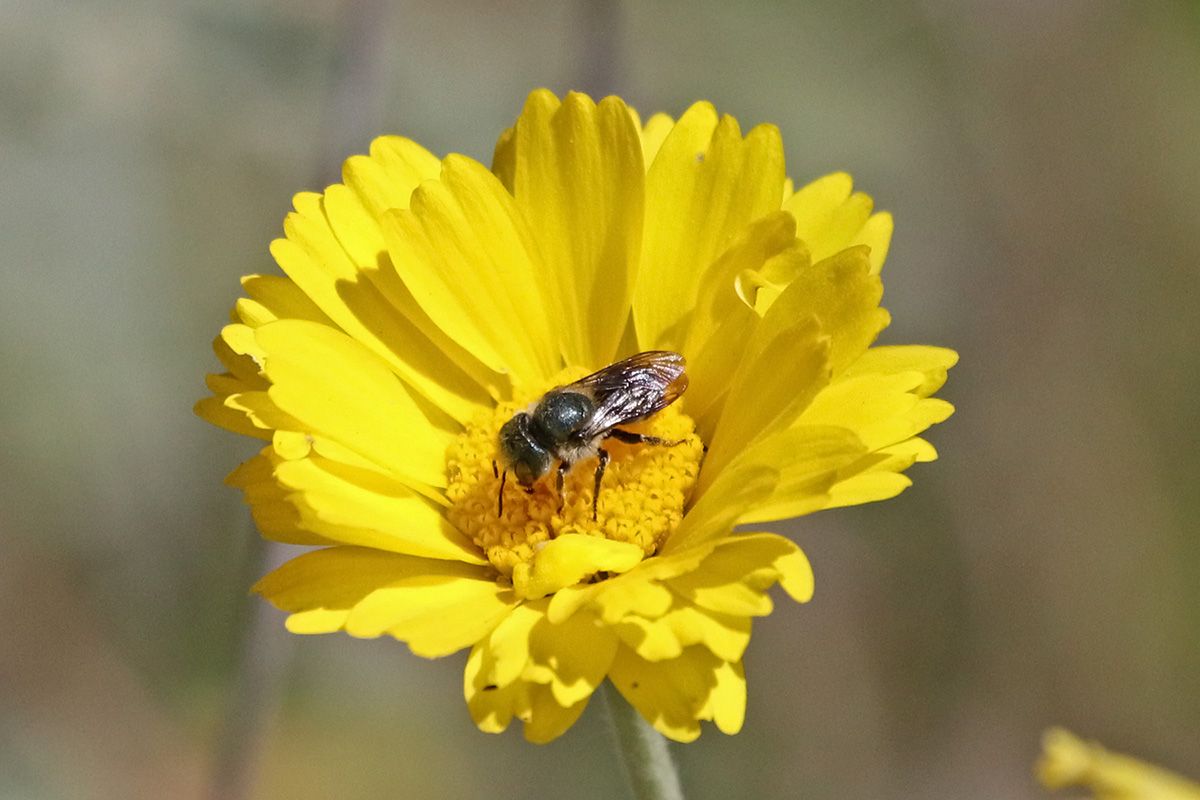
Insects!

